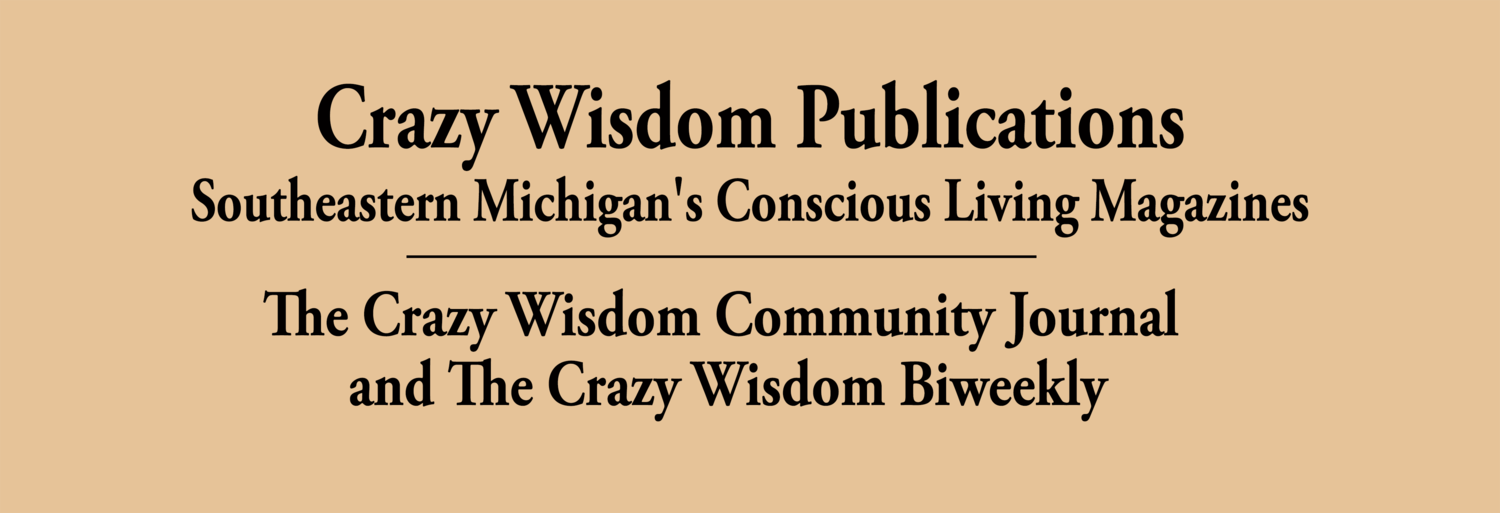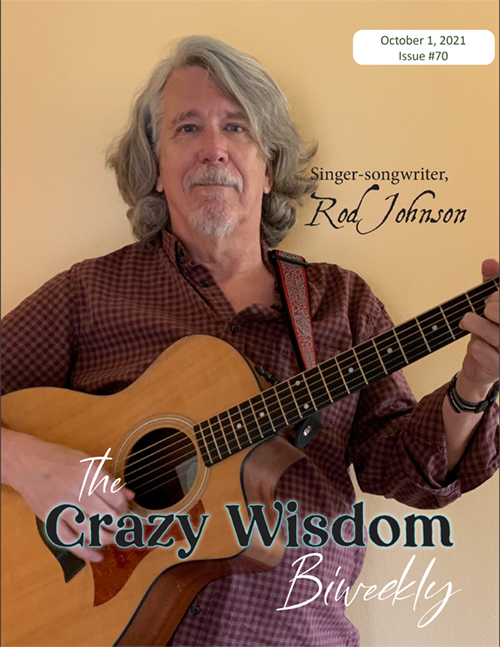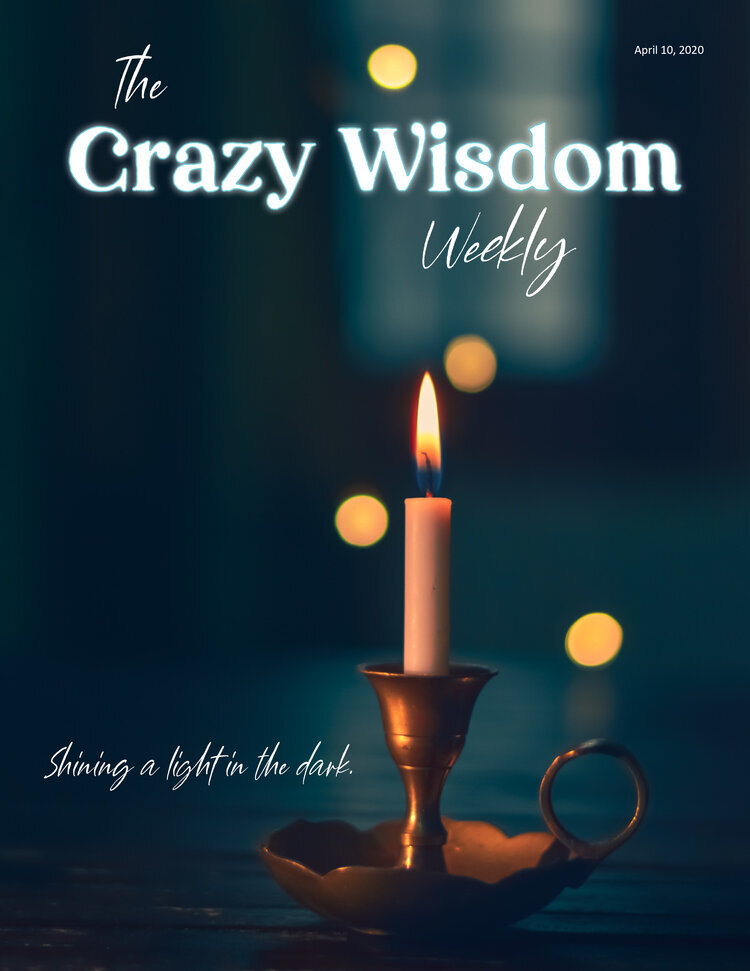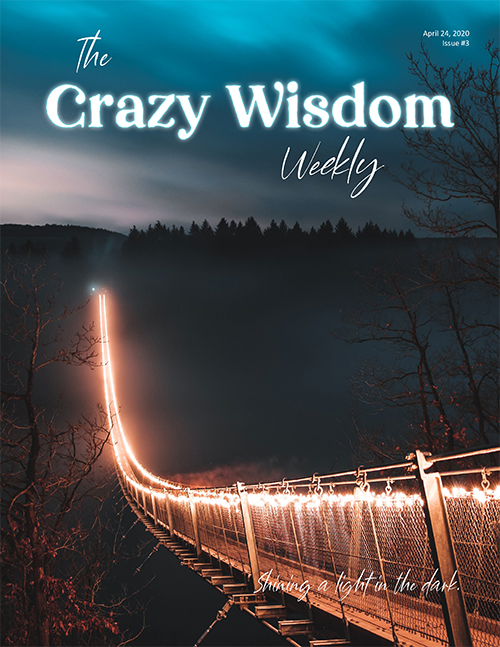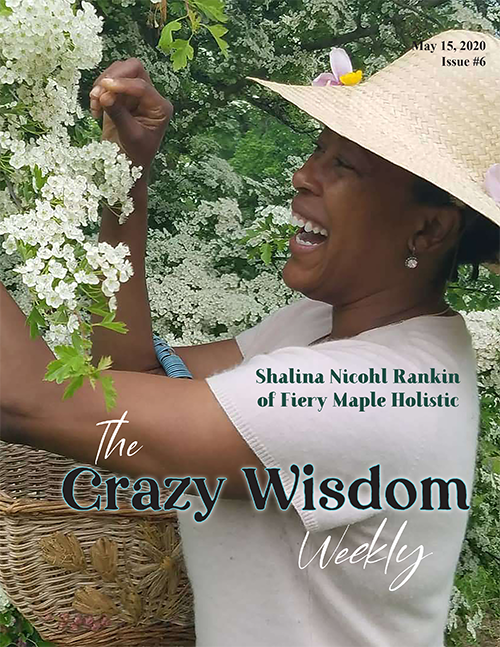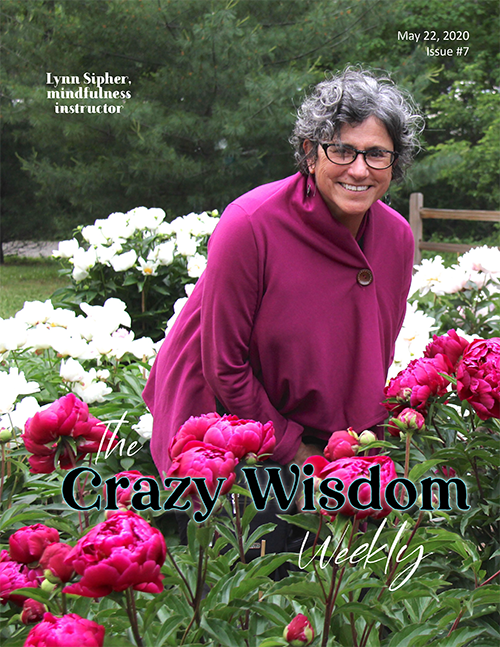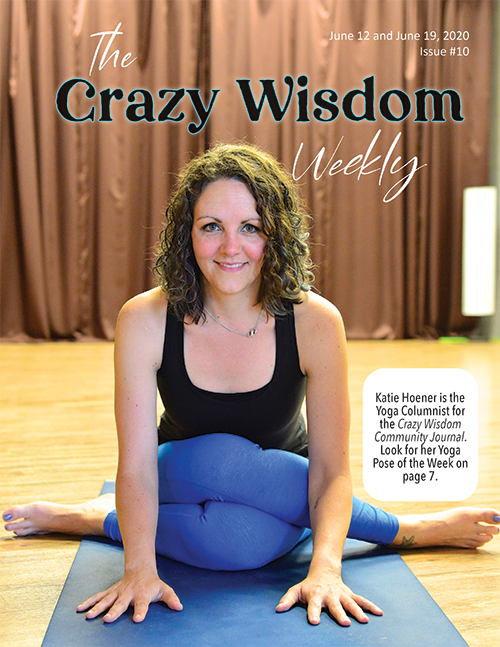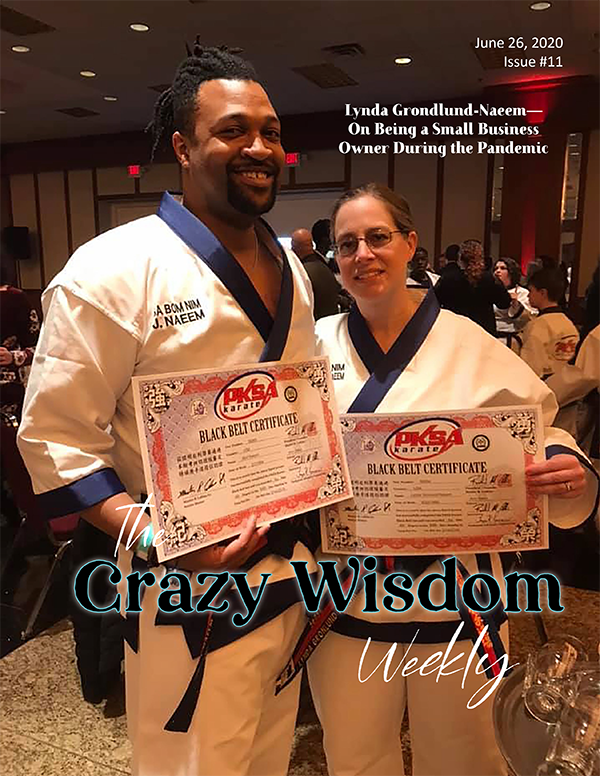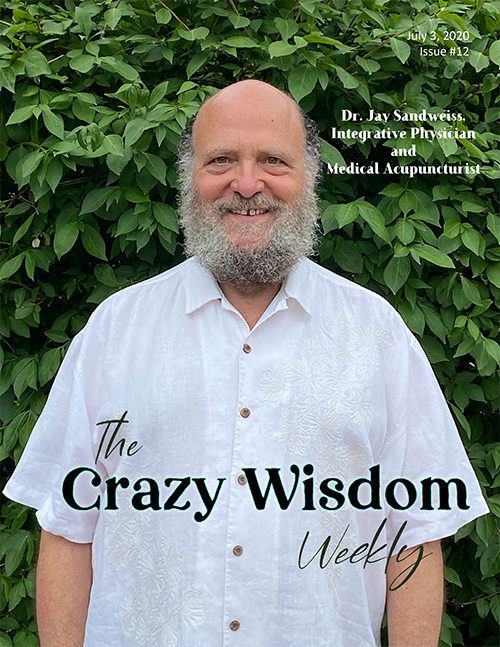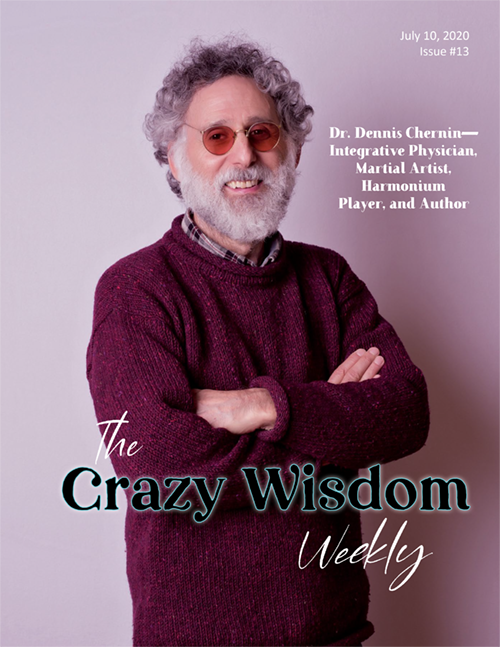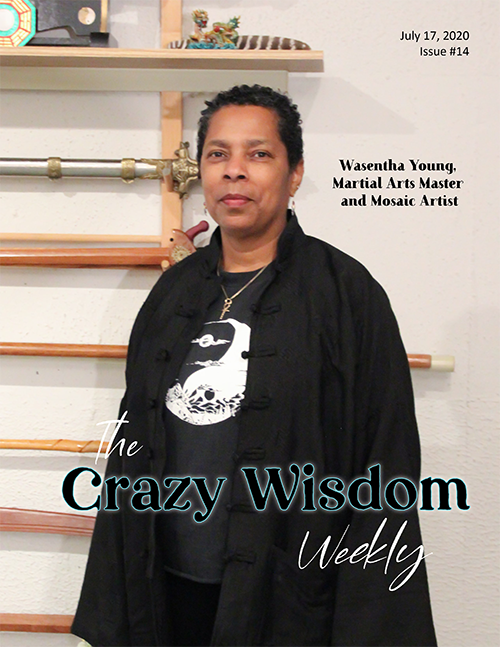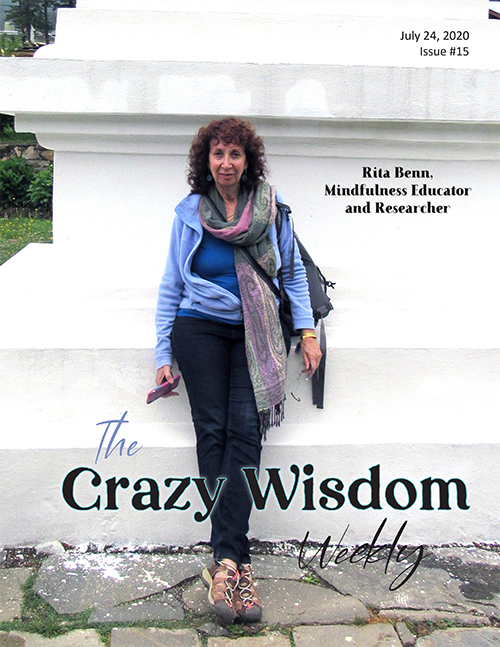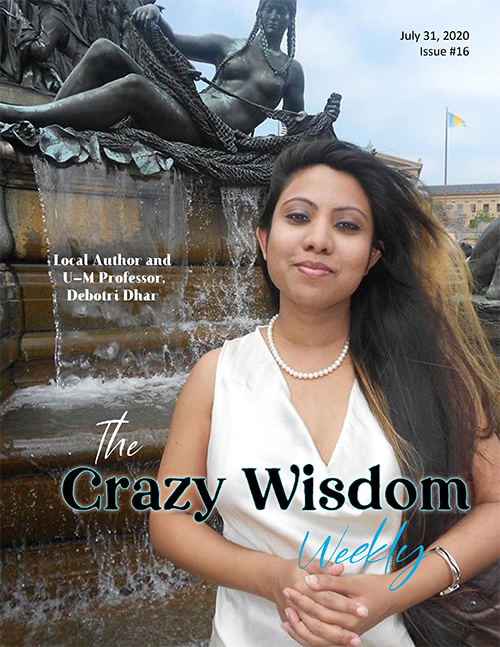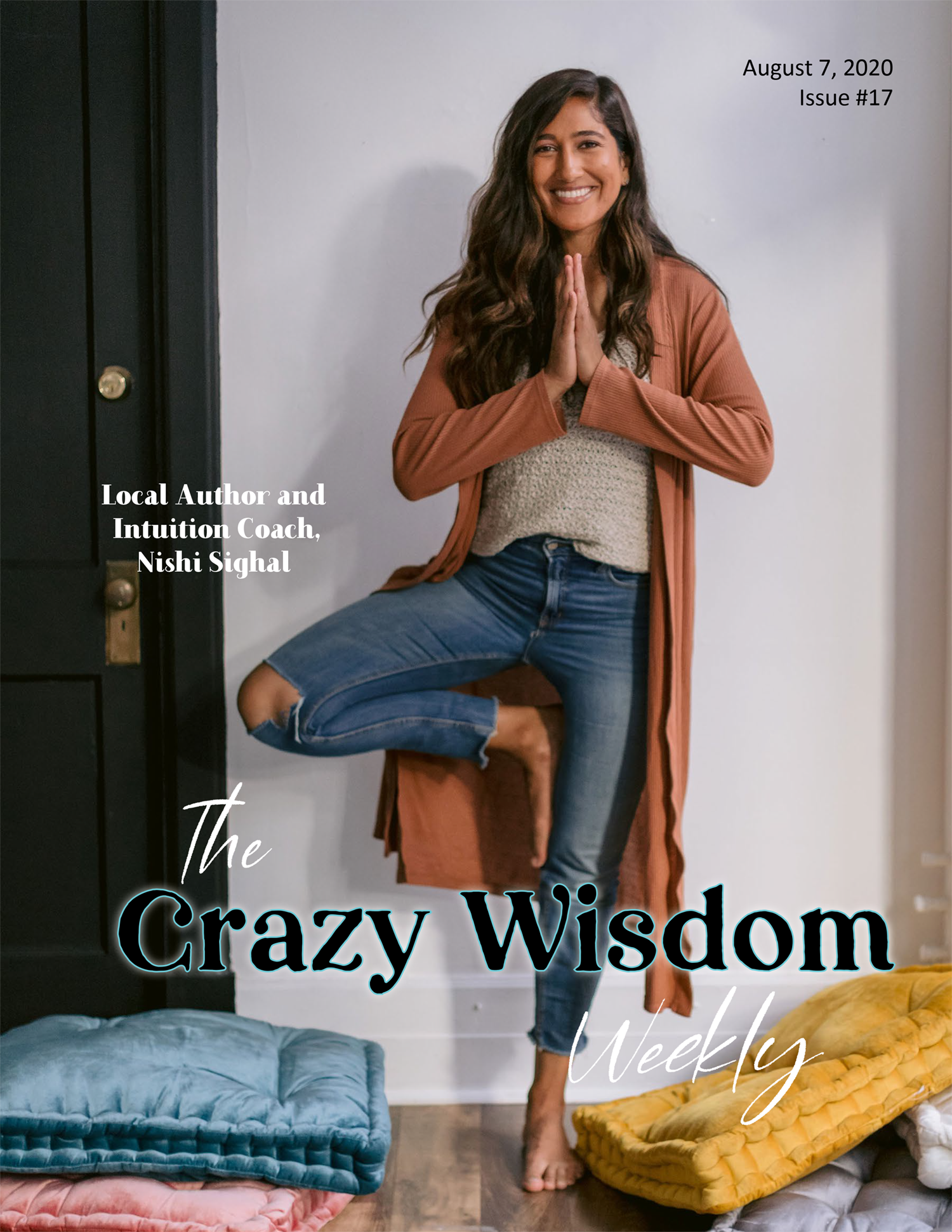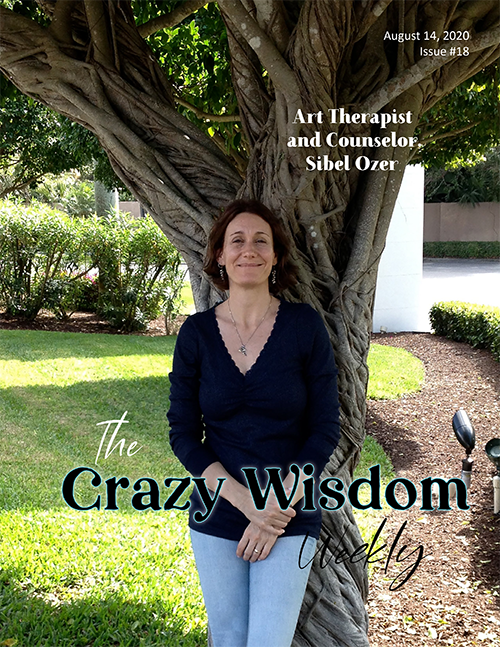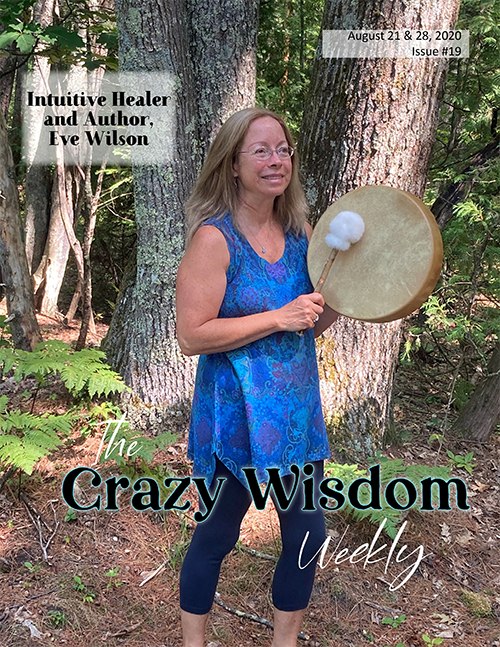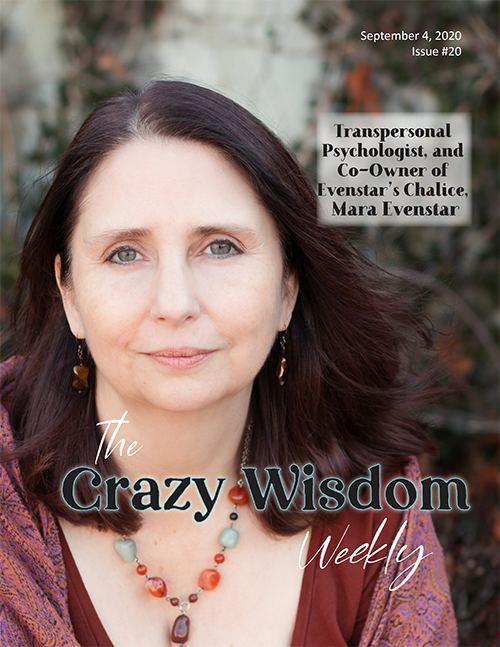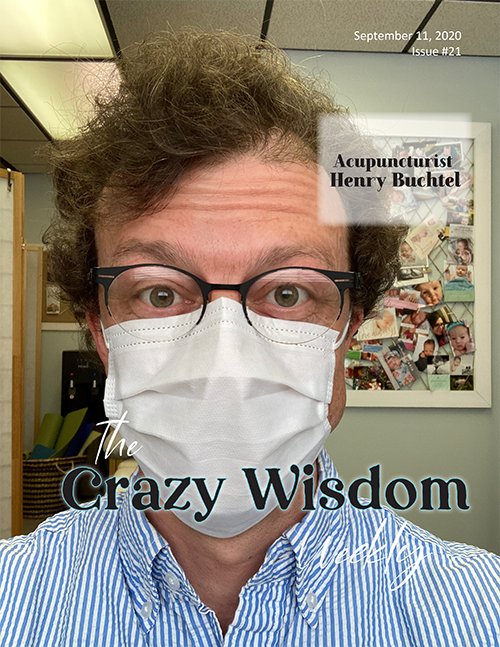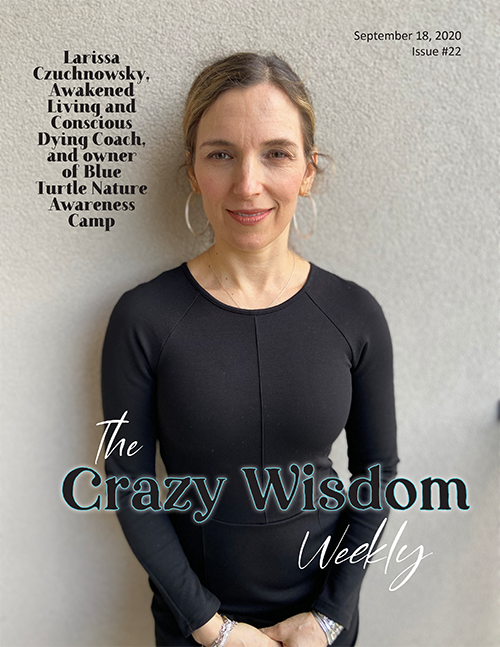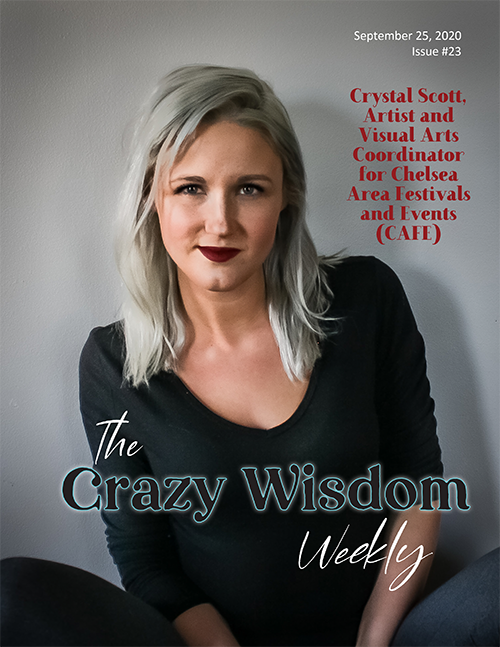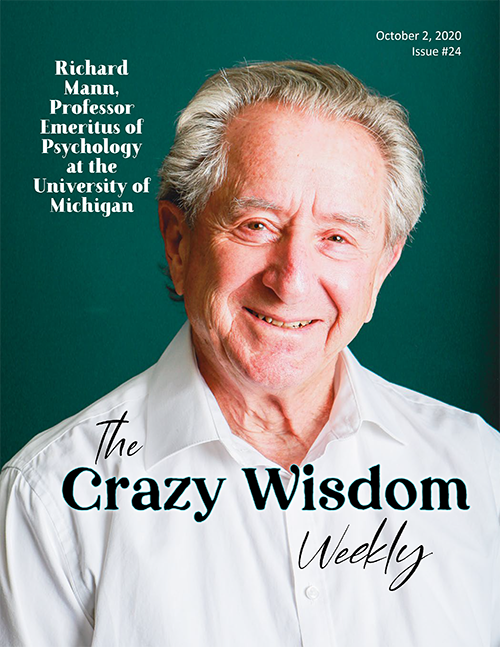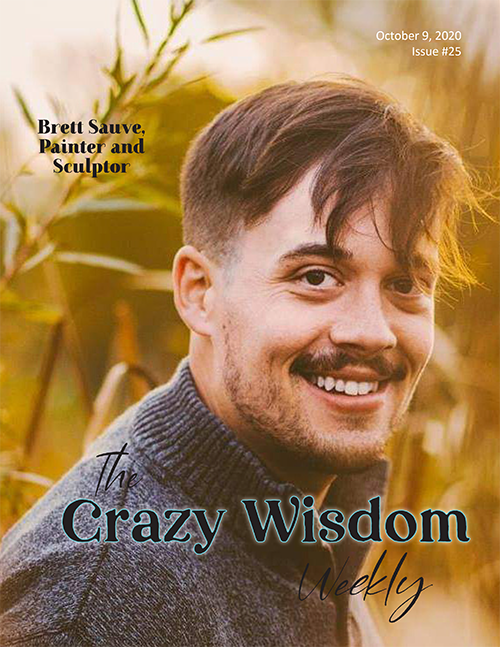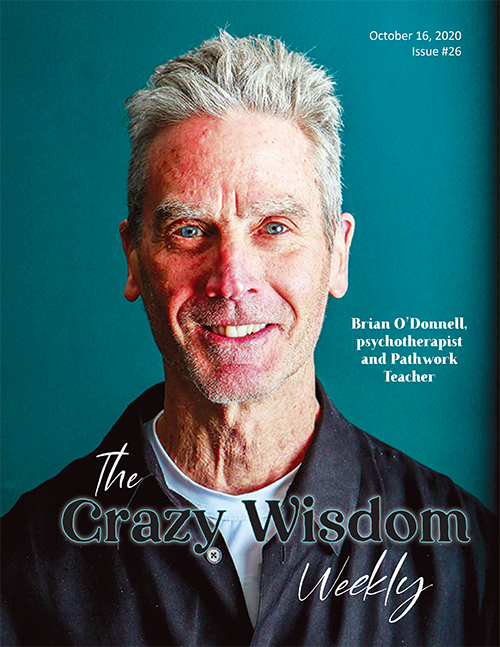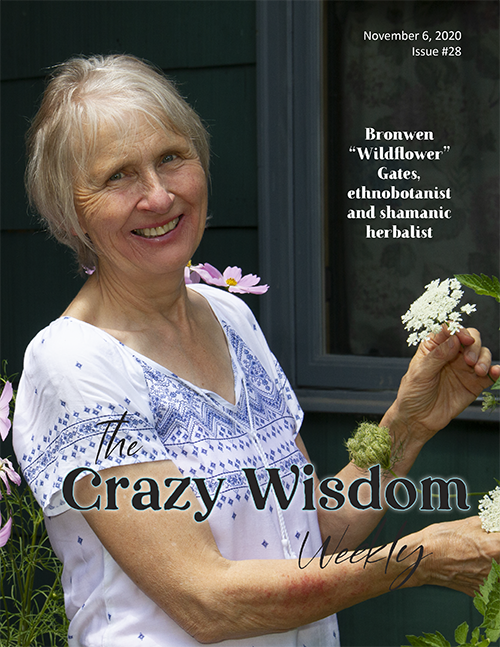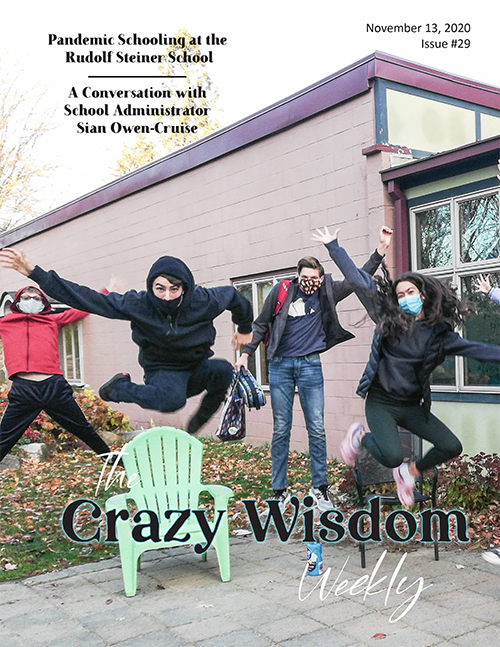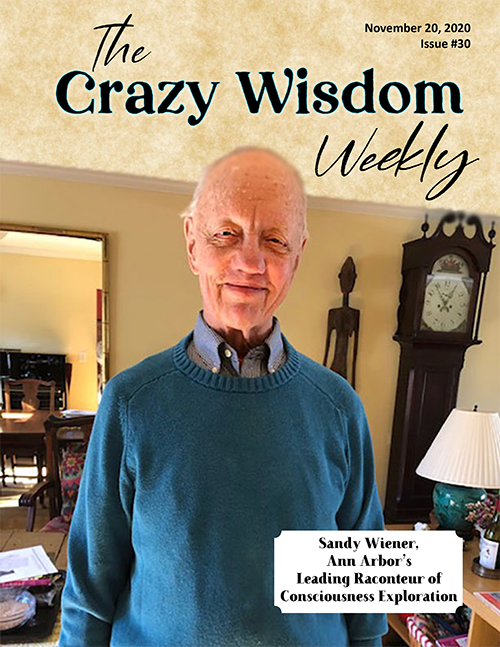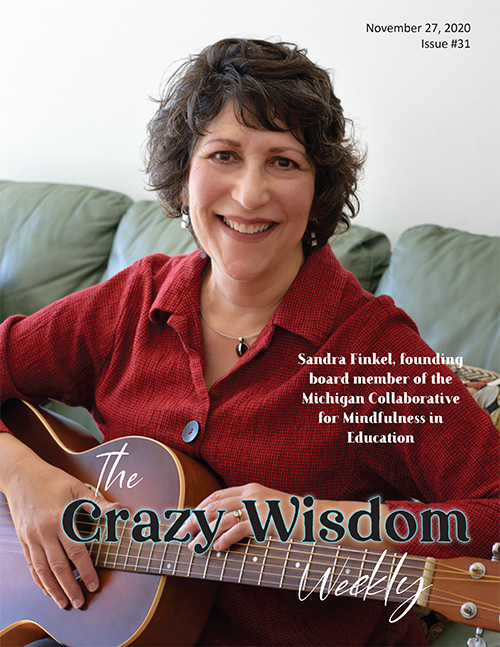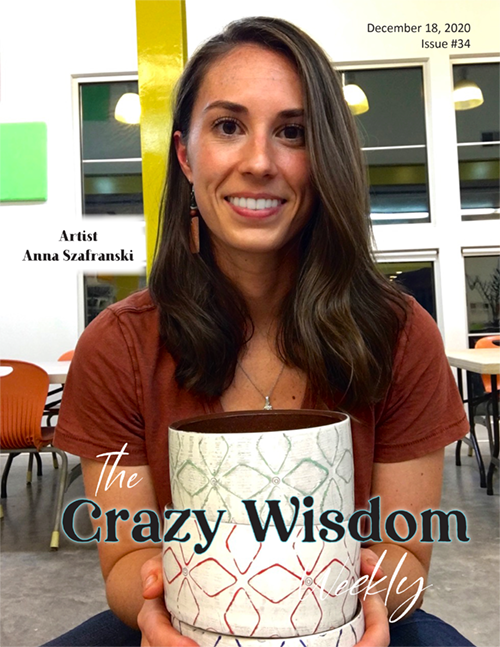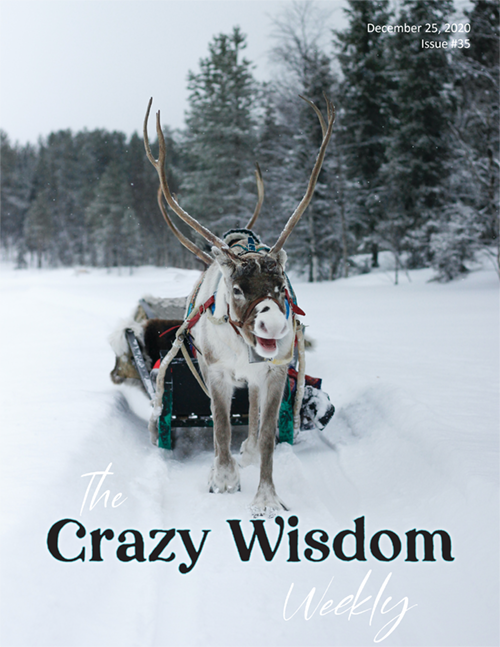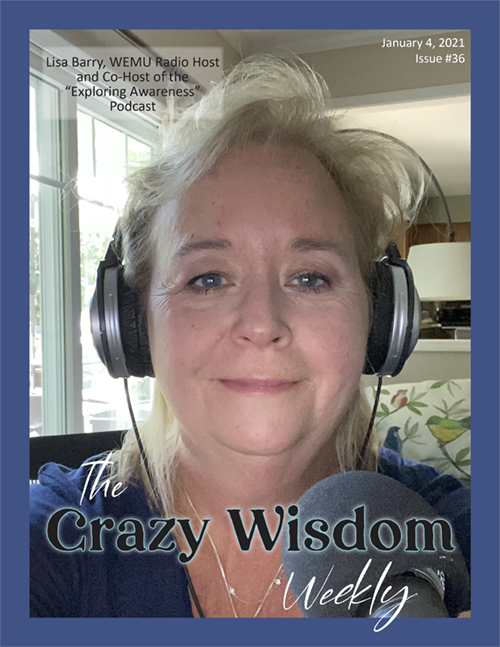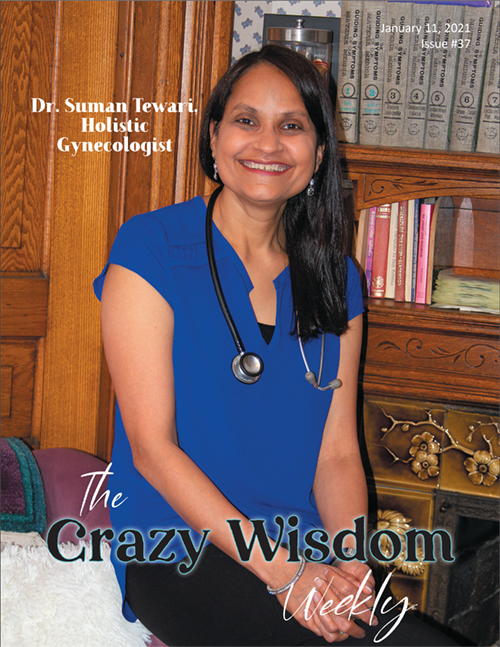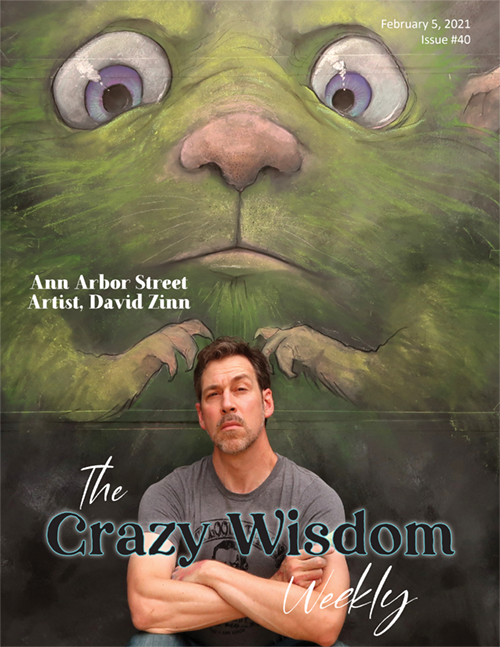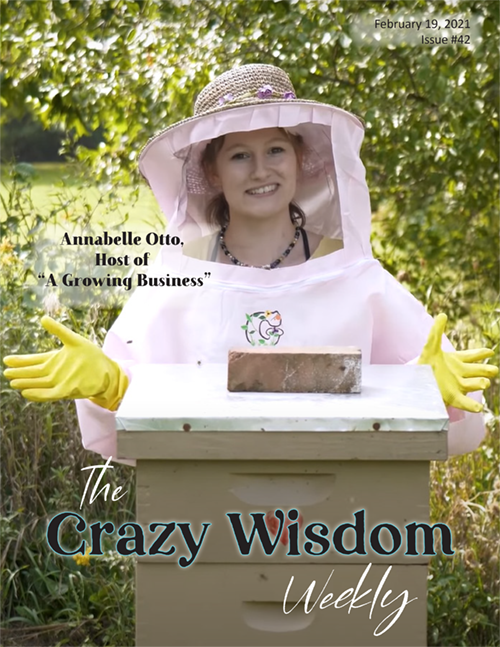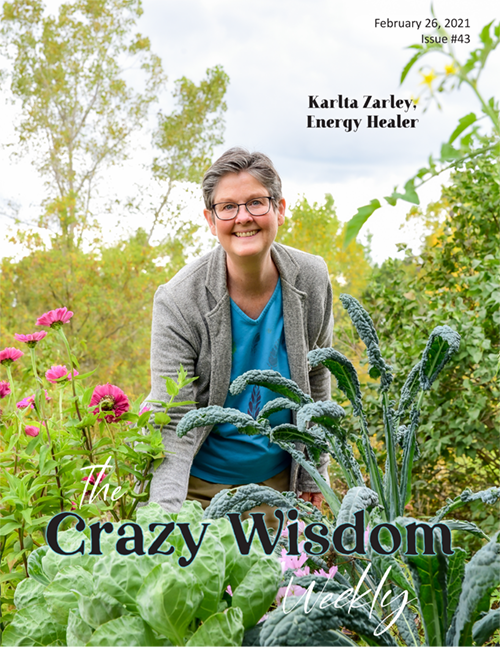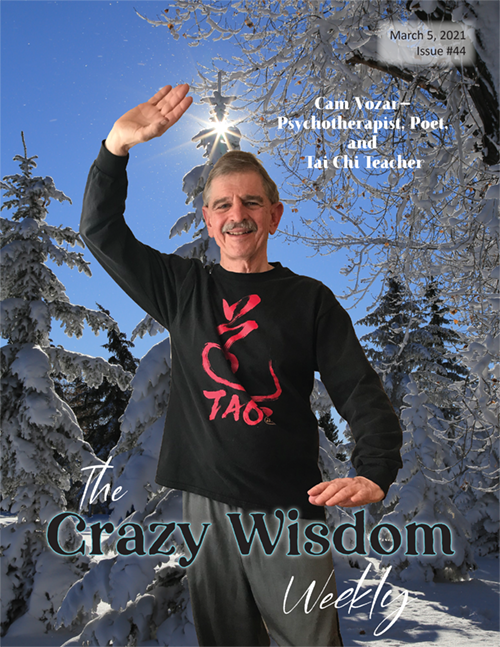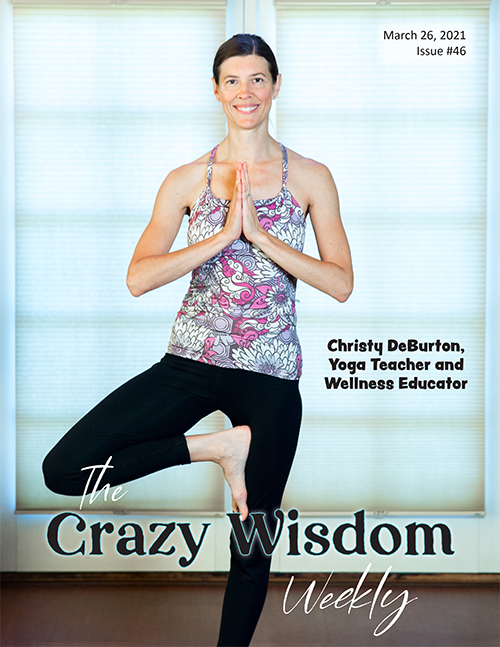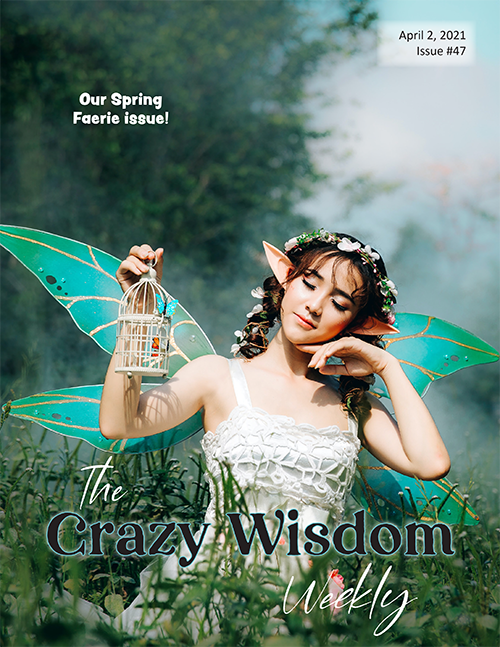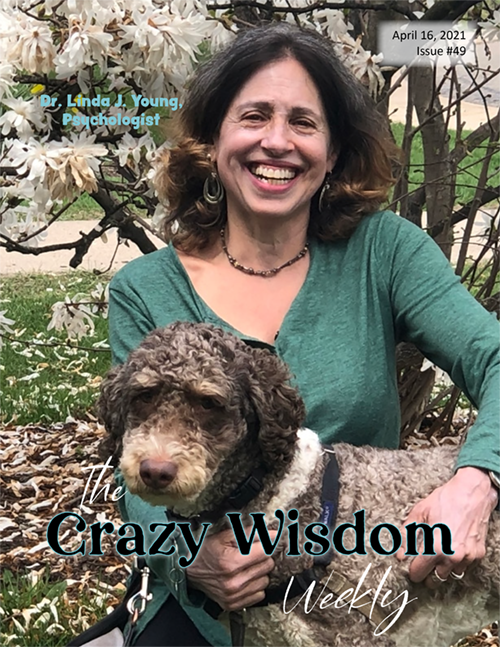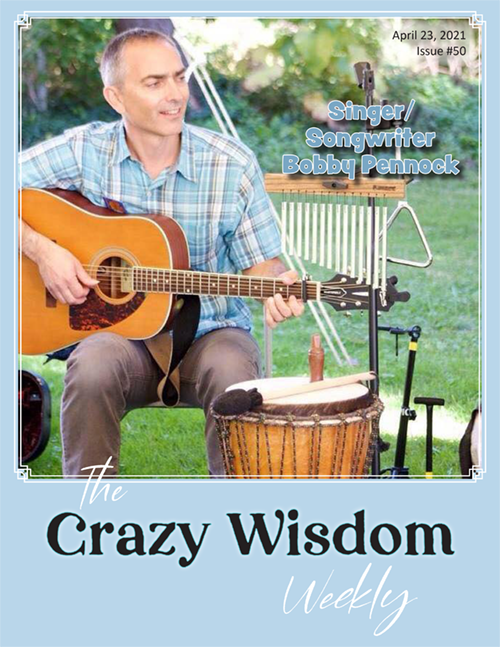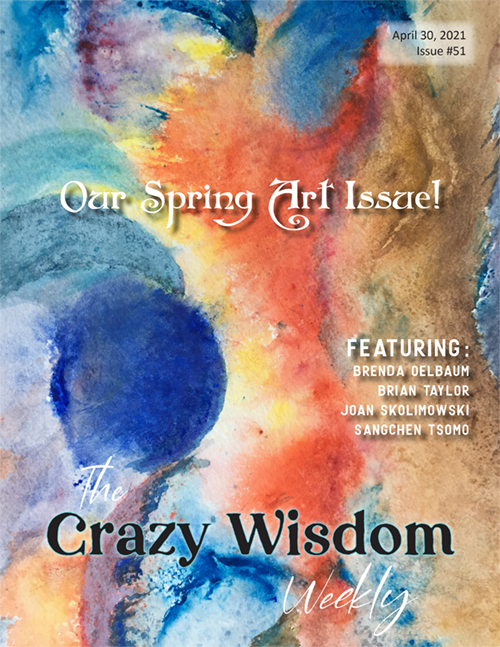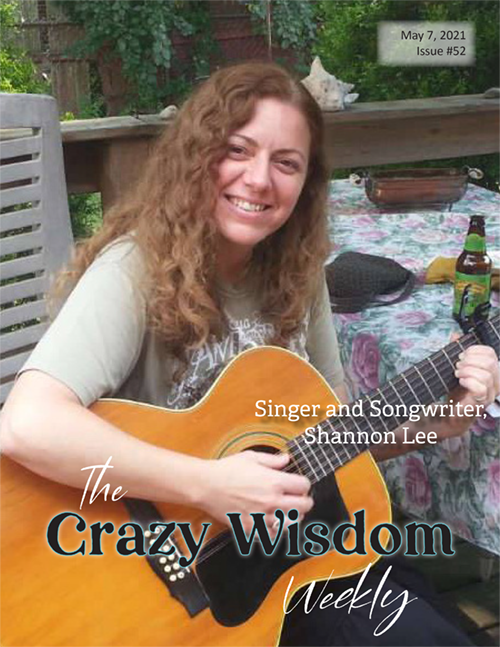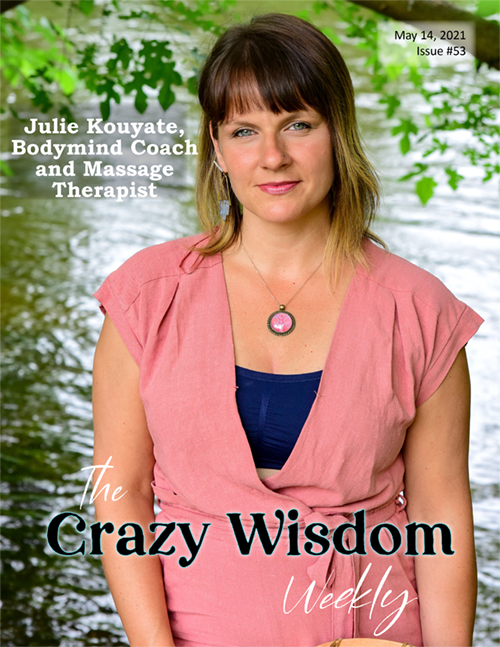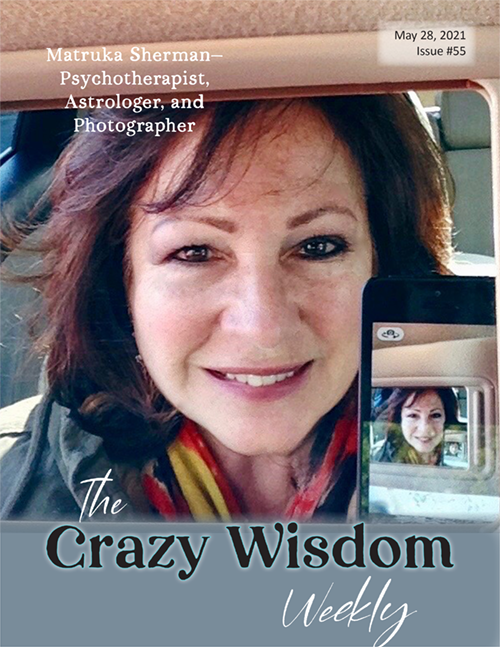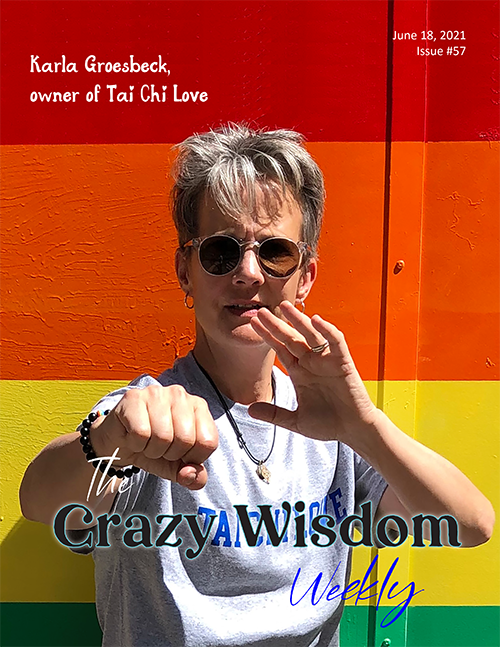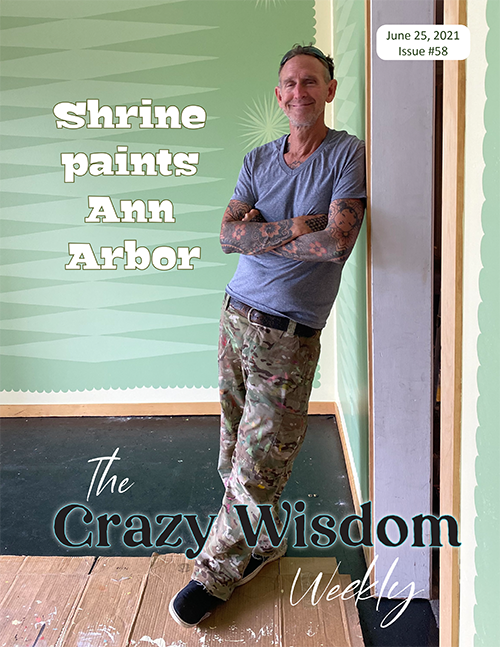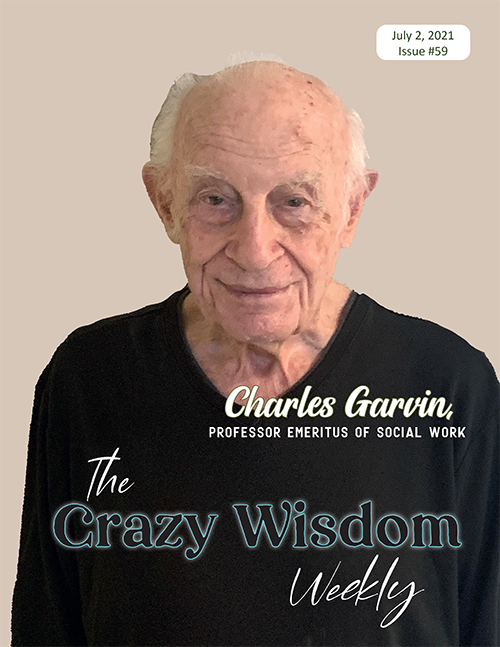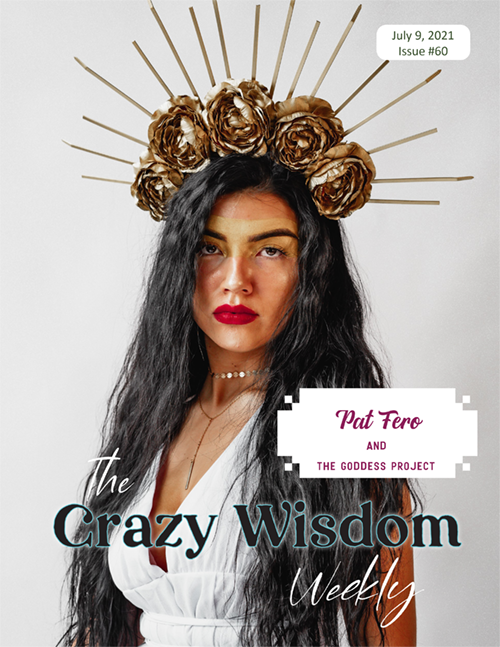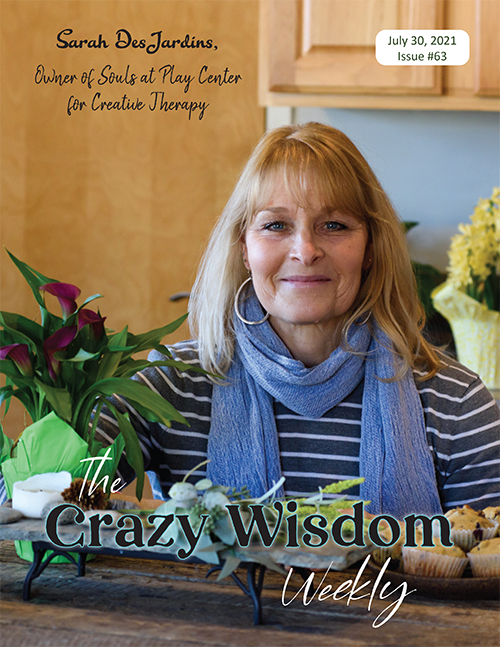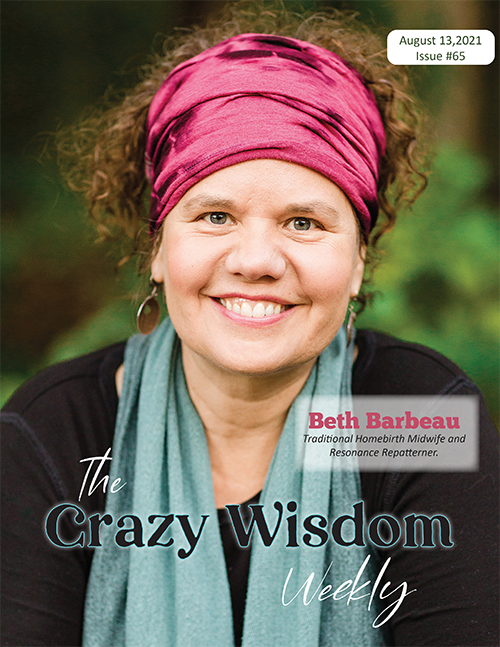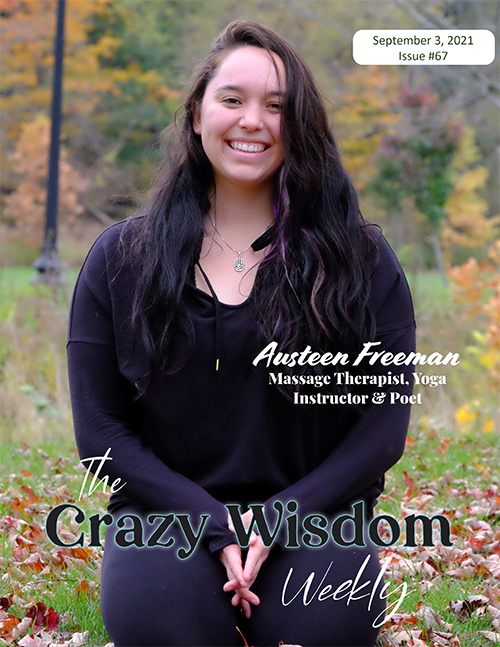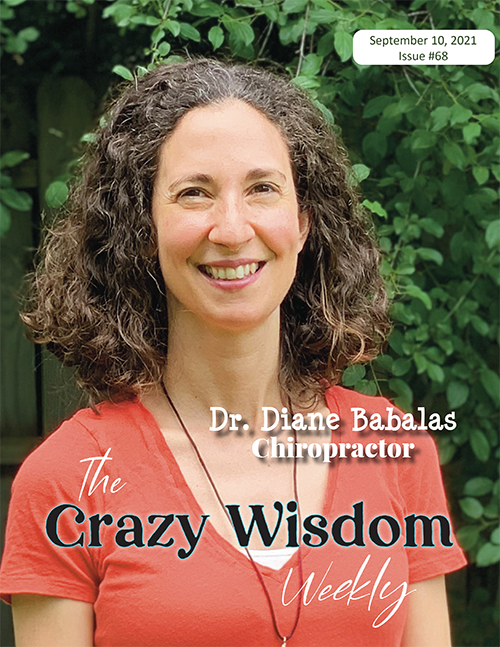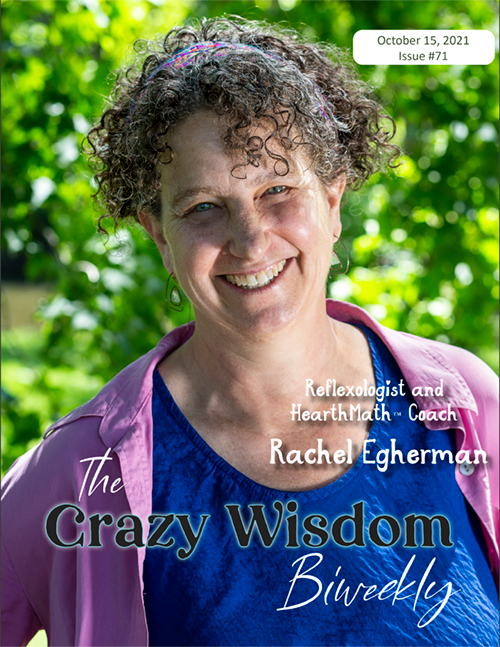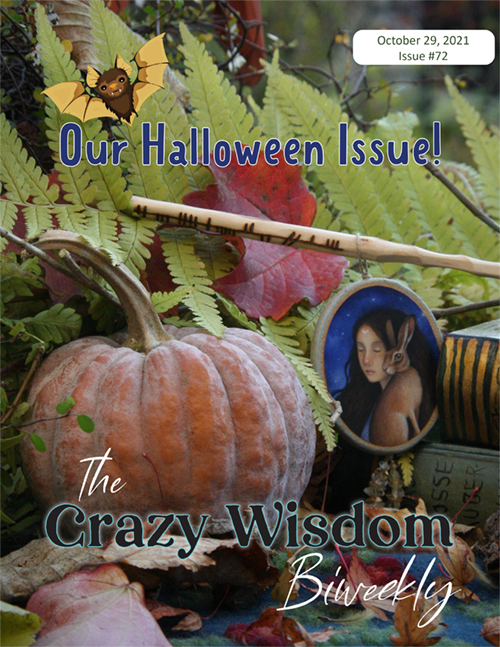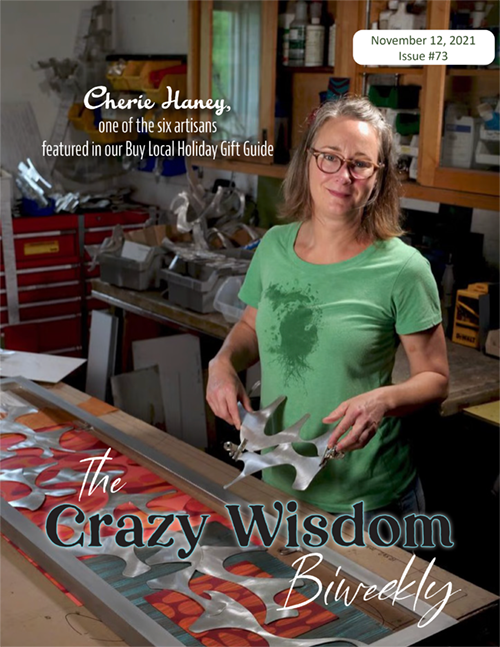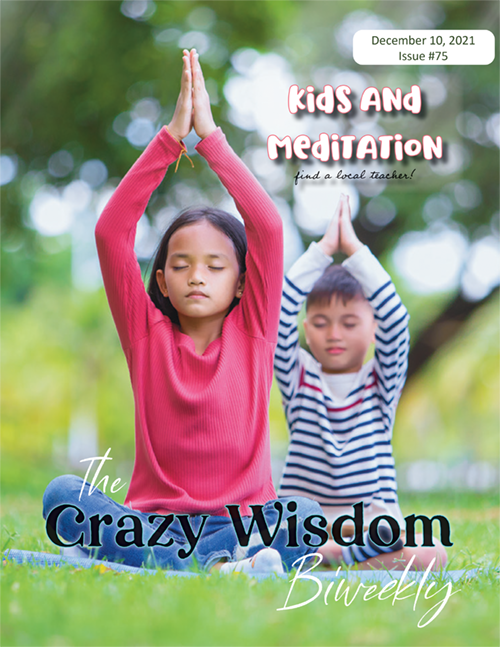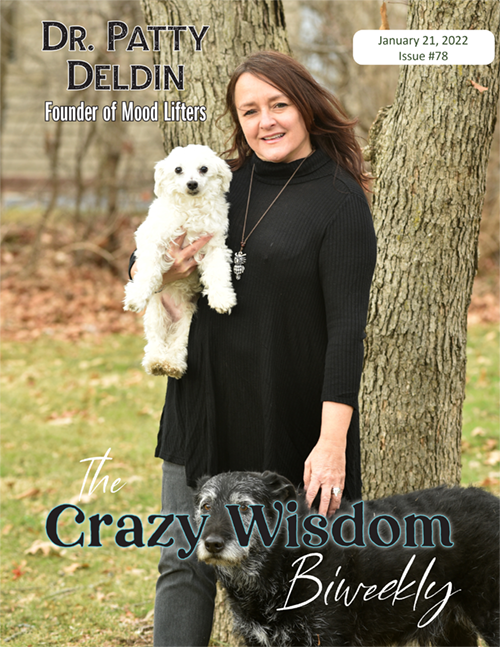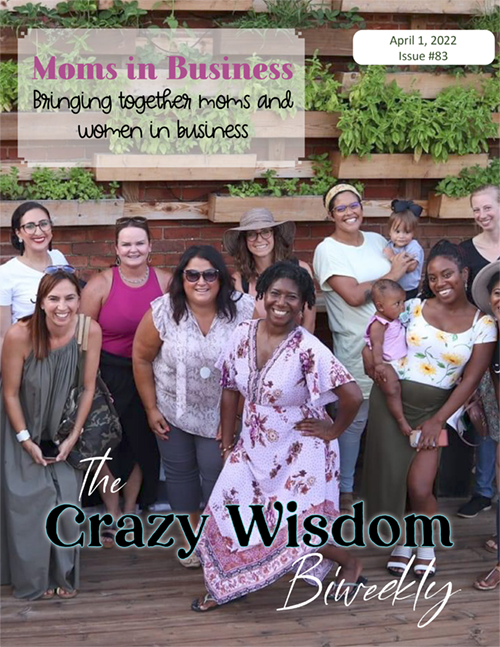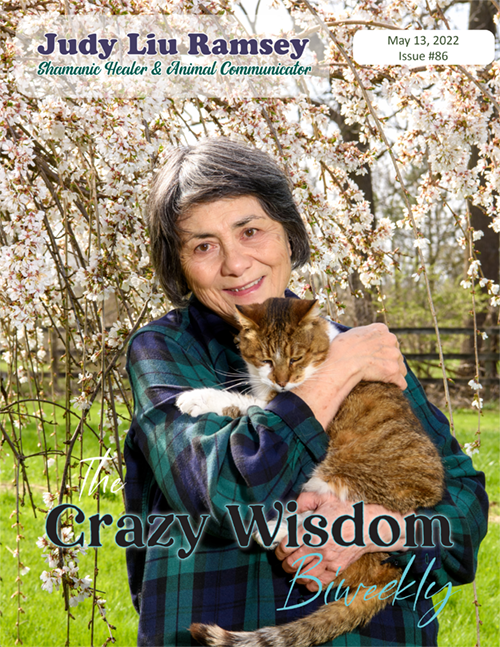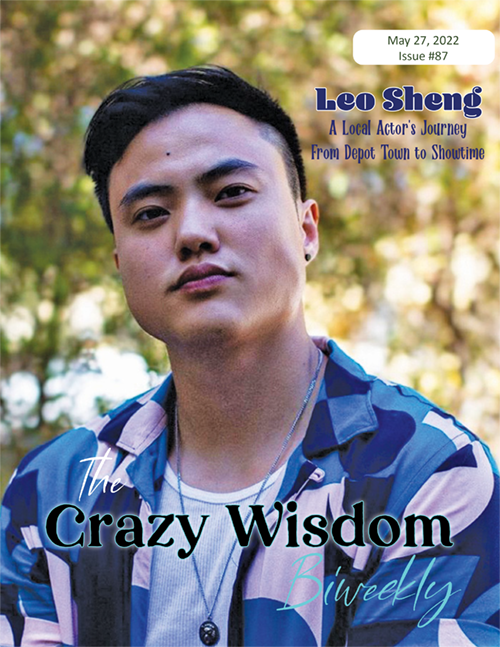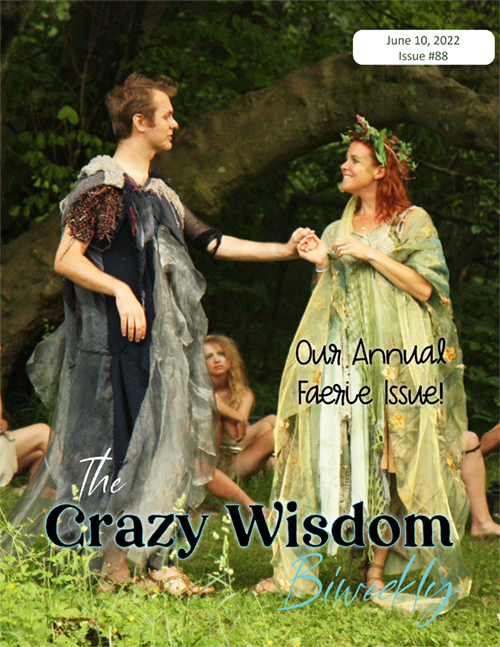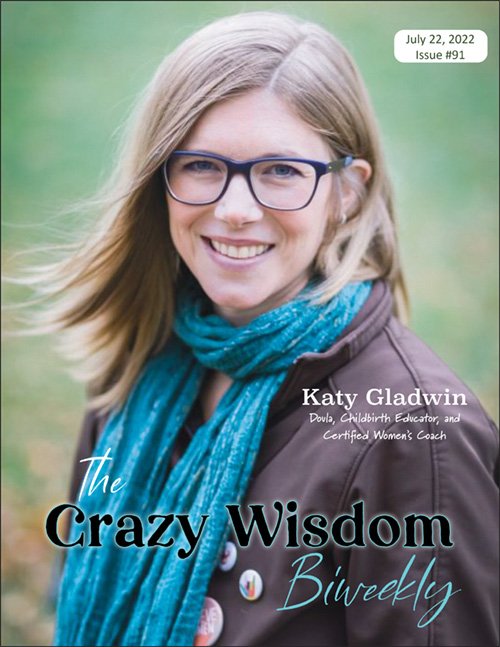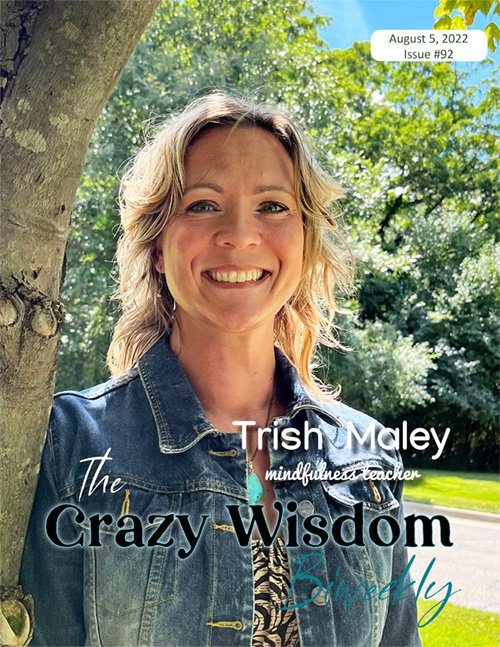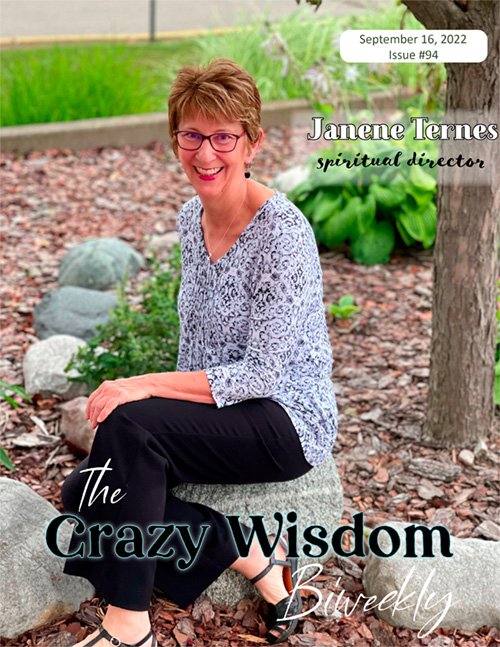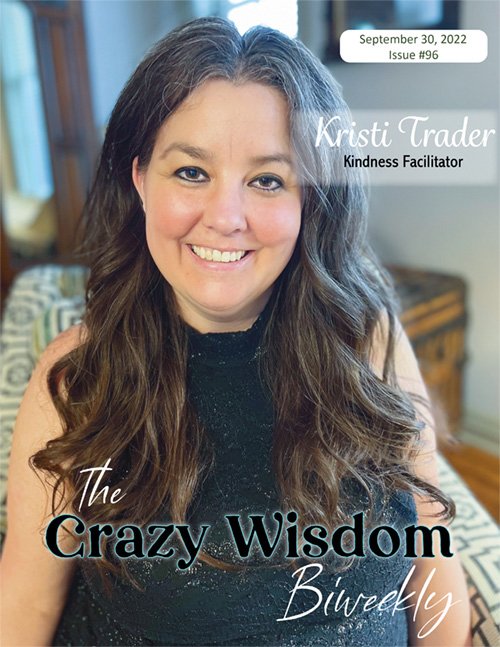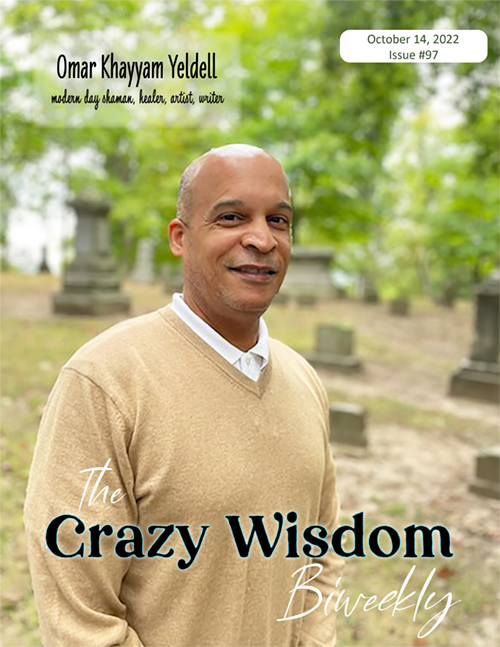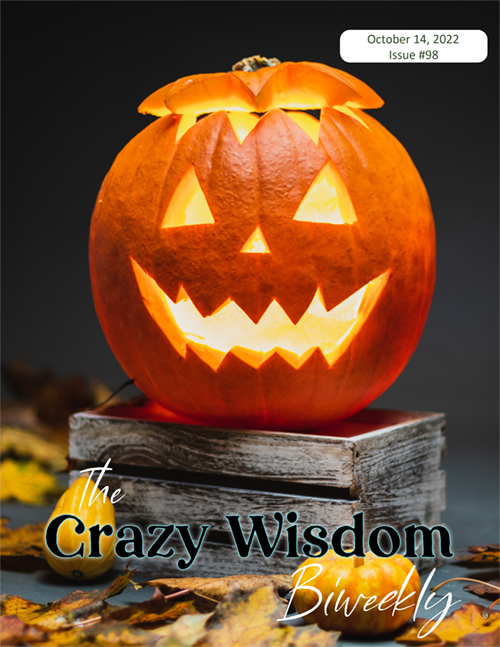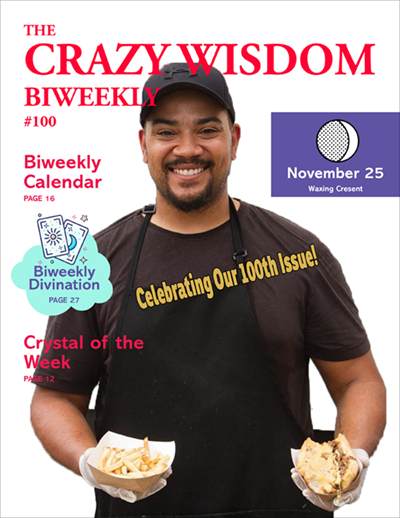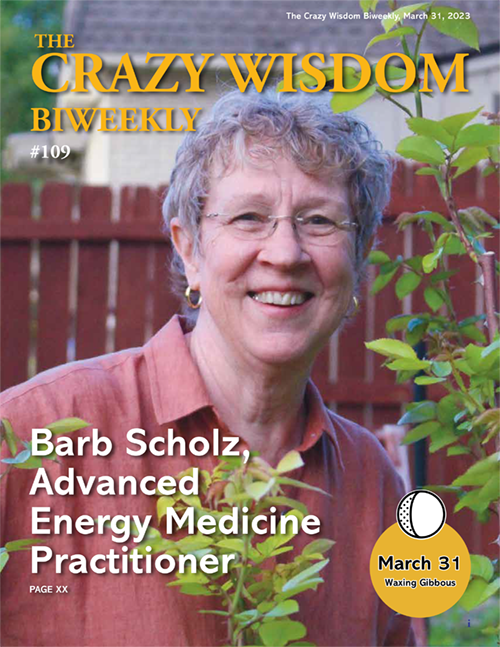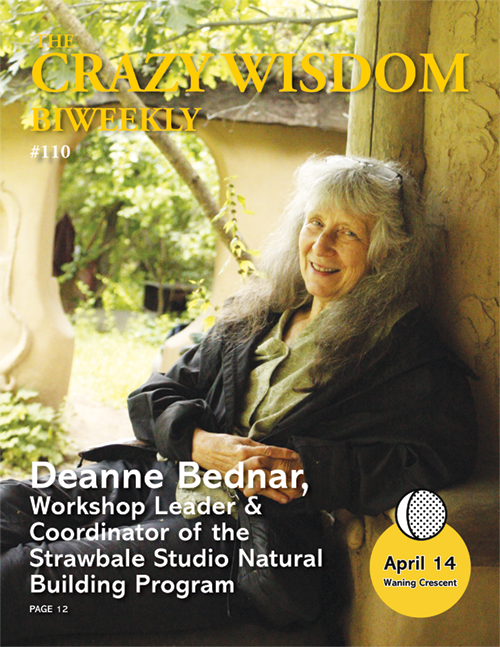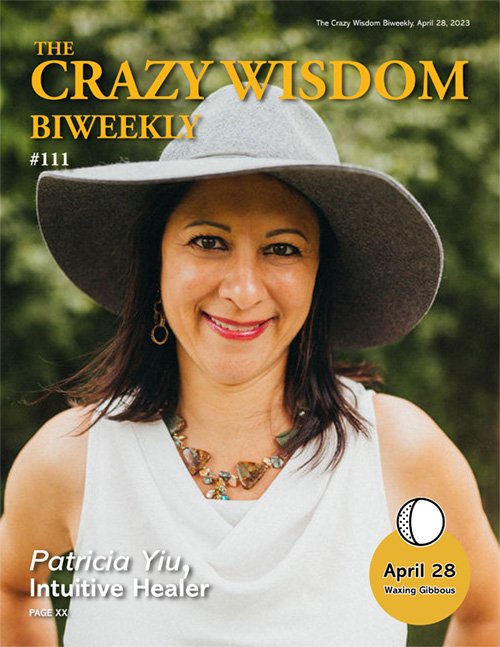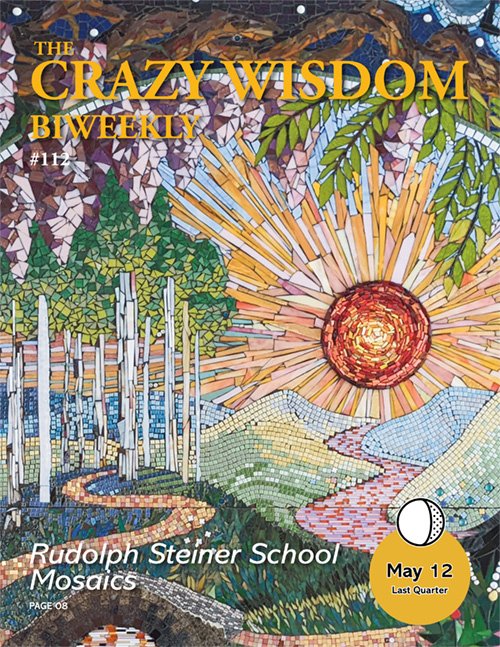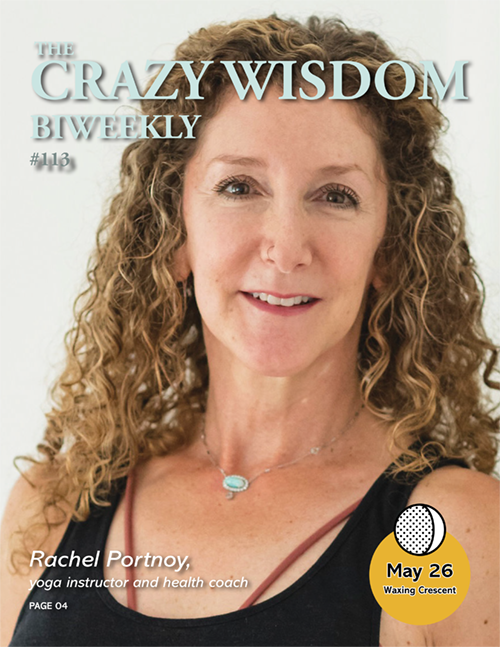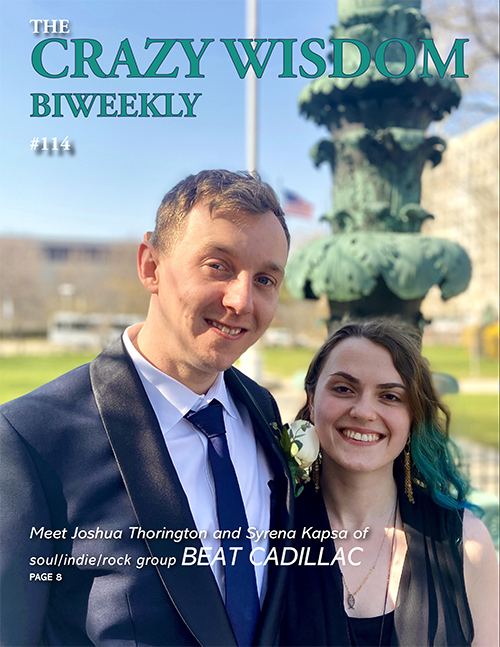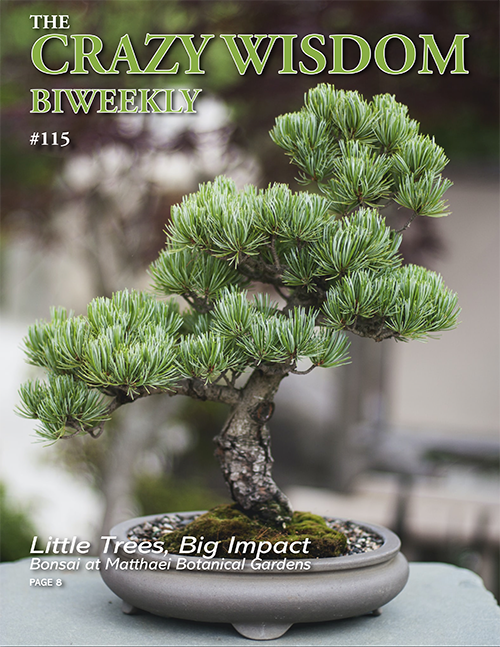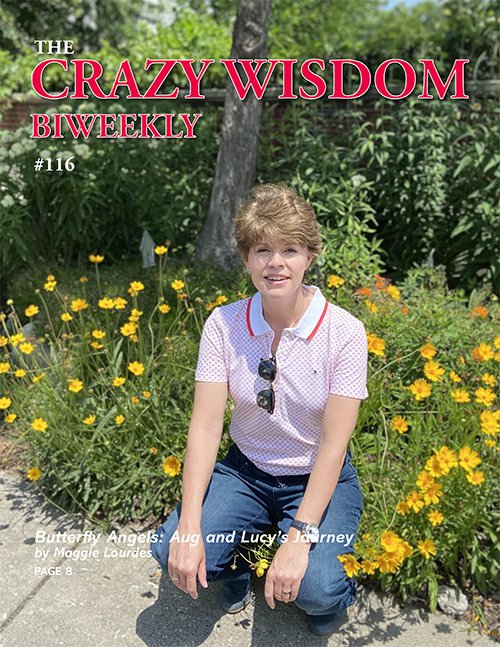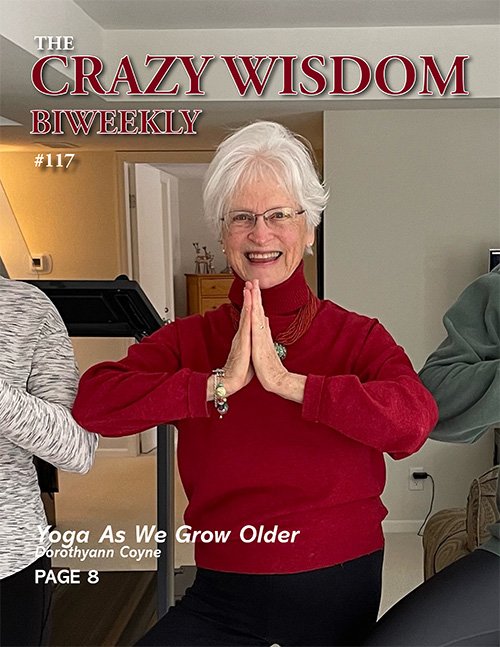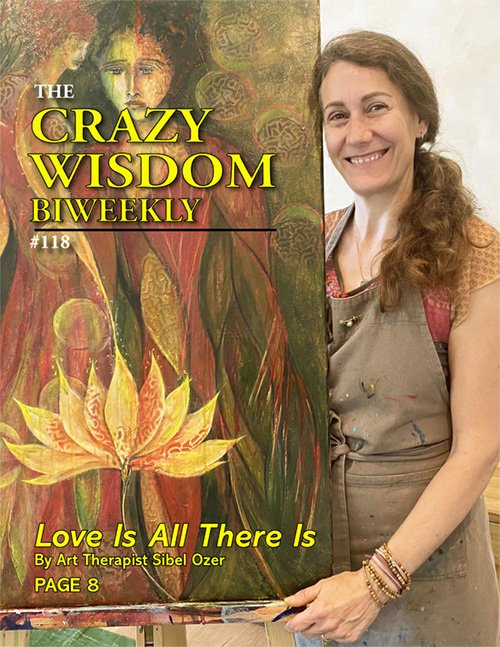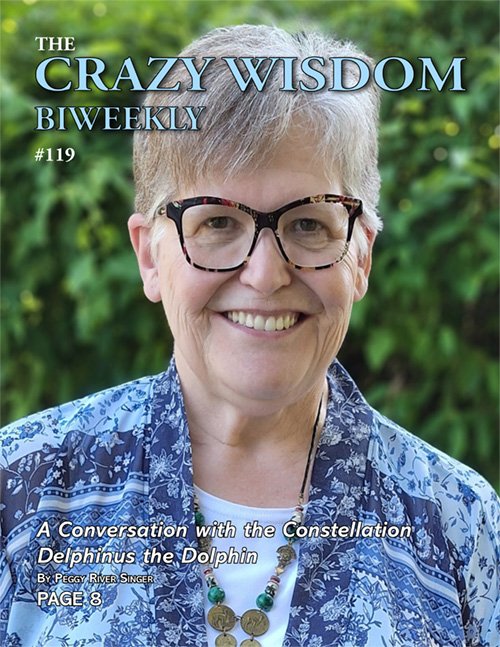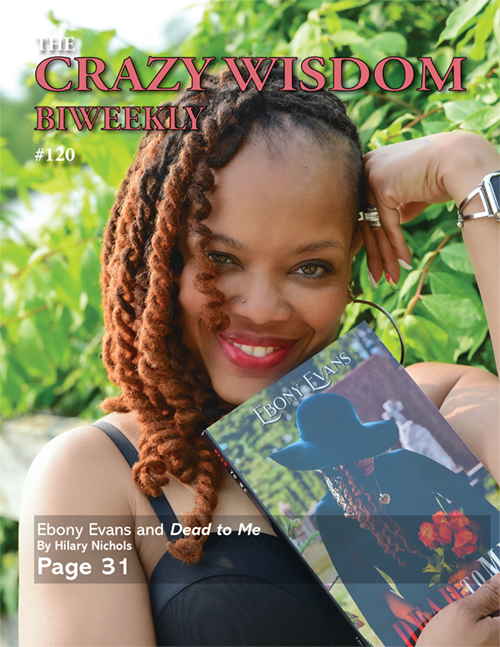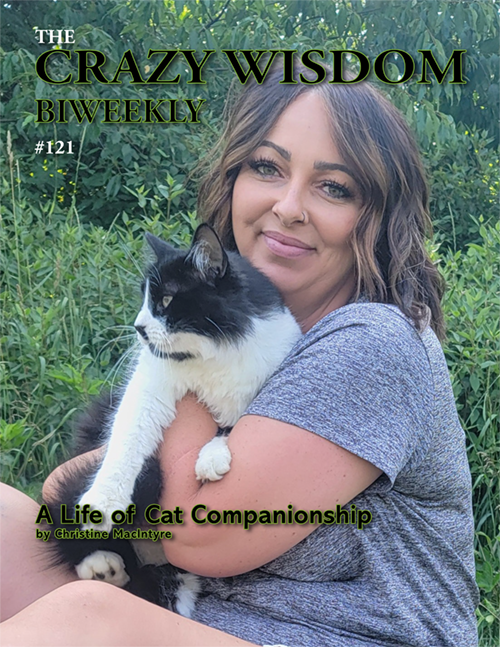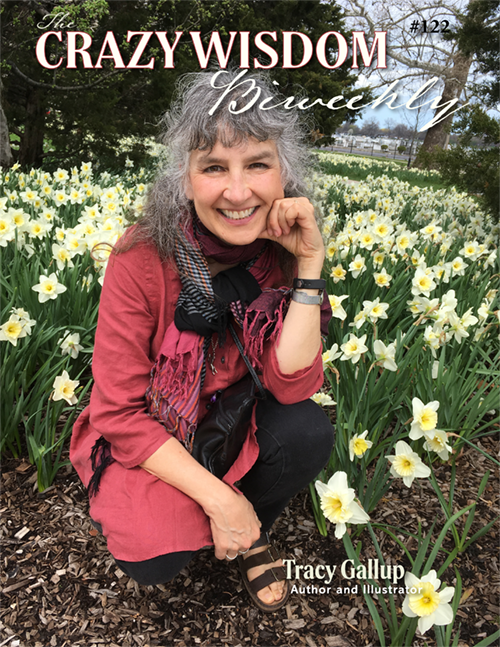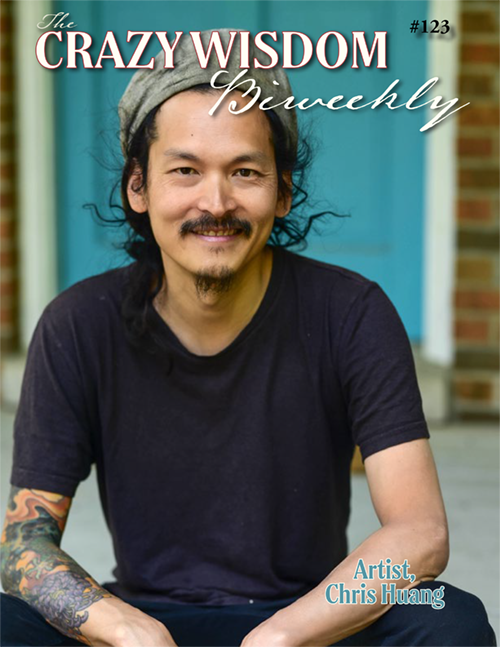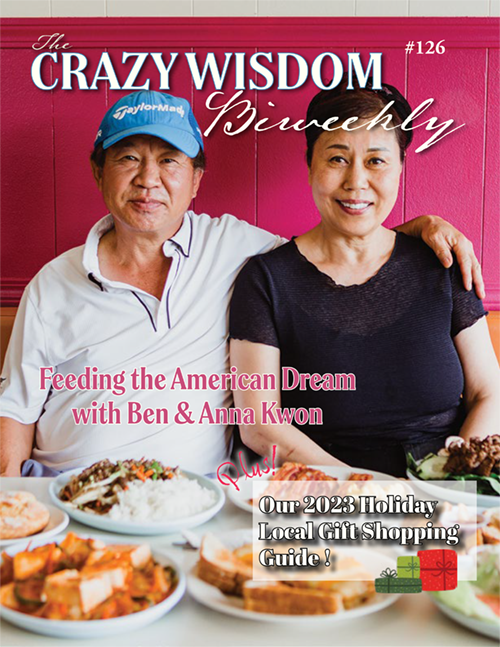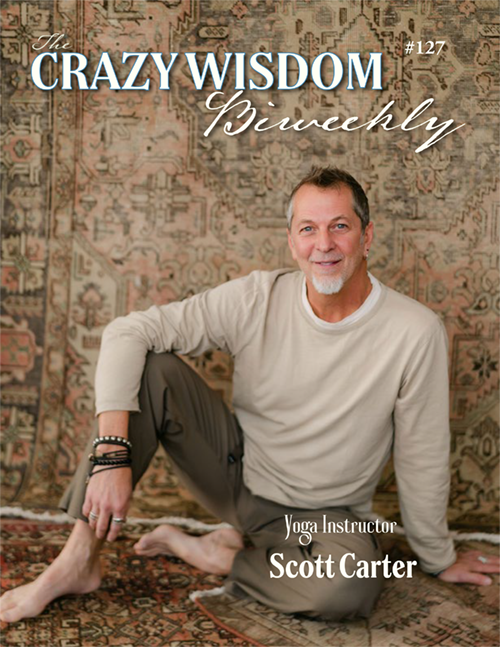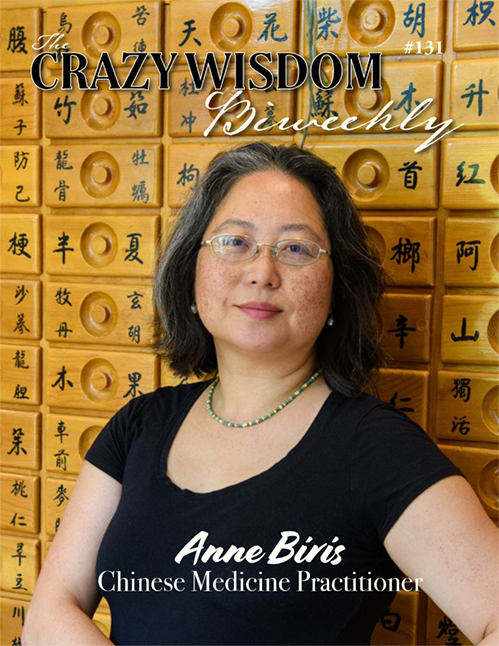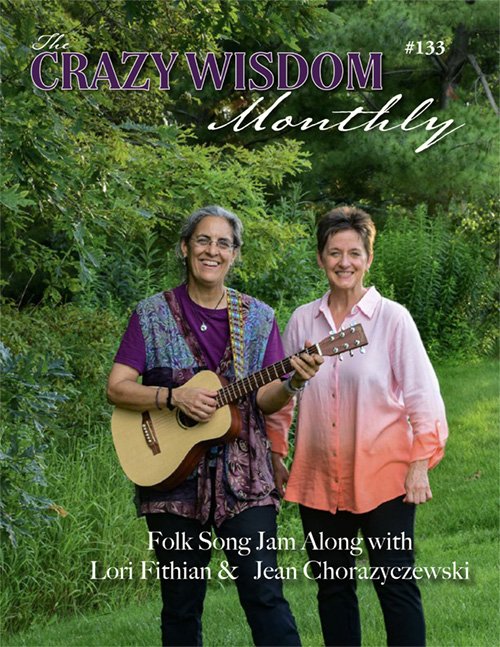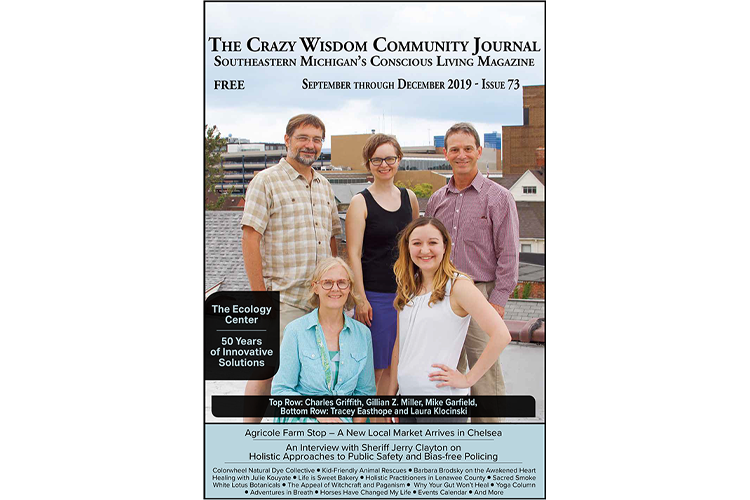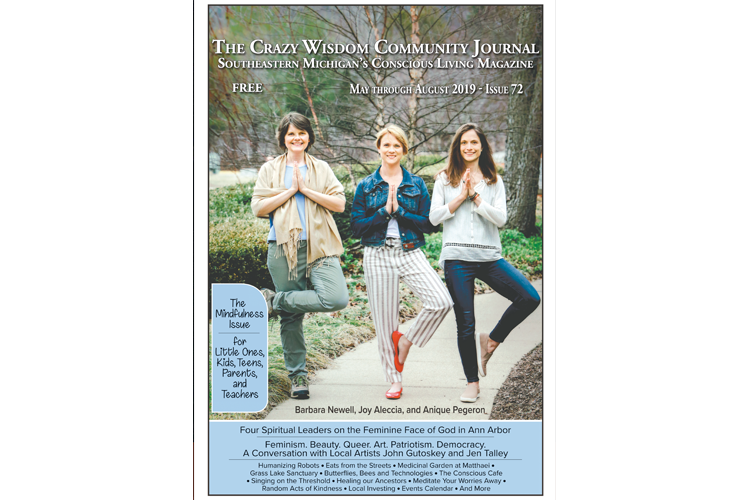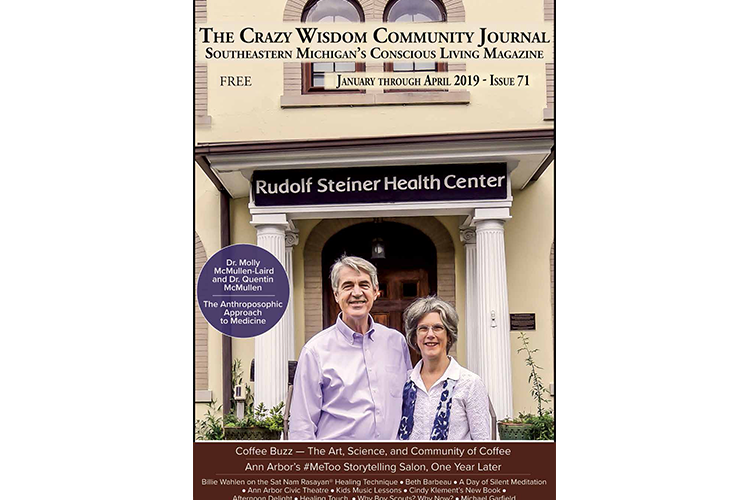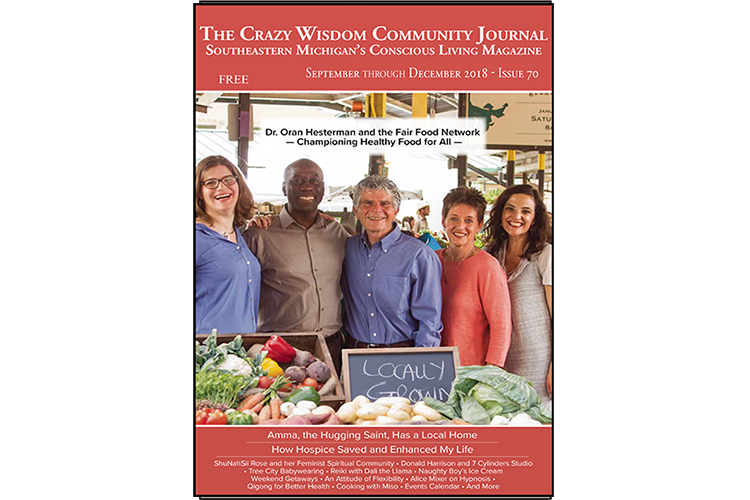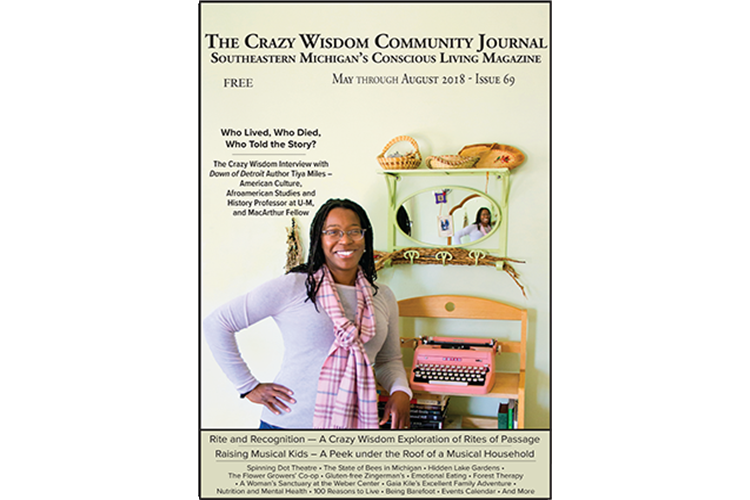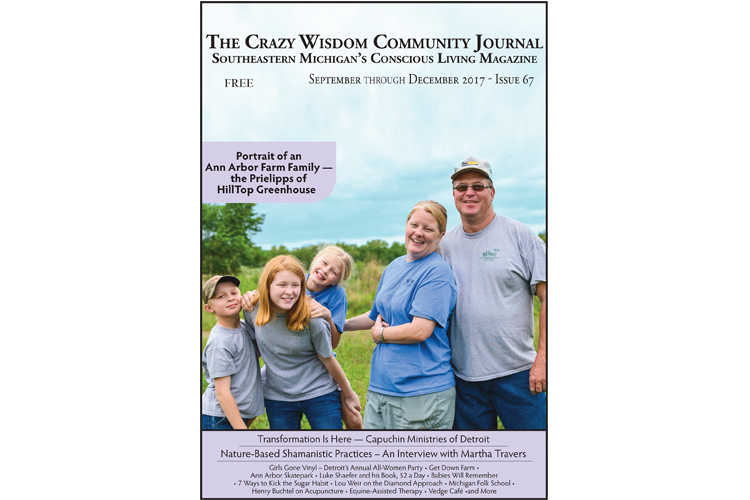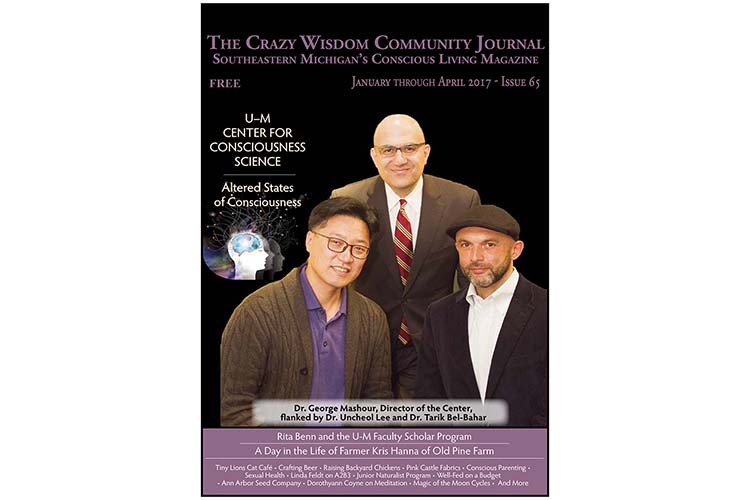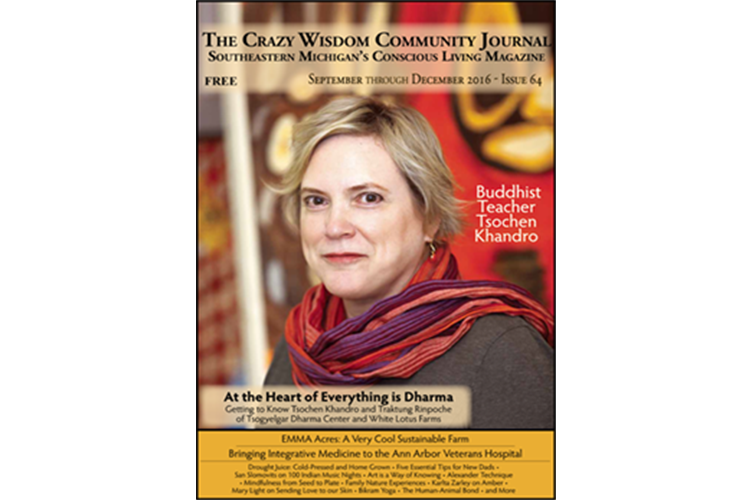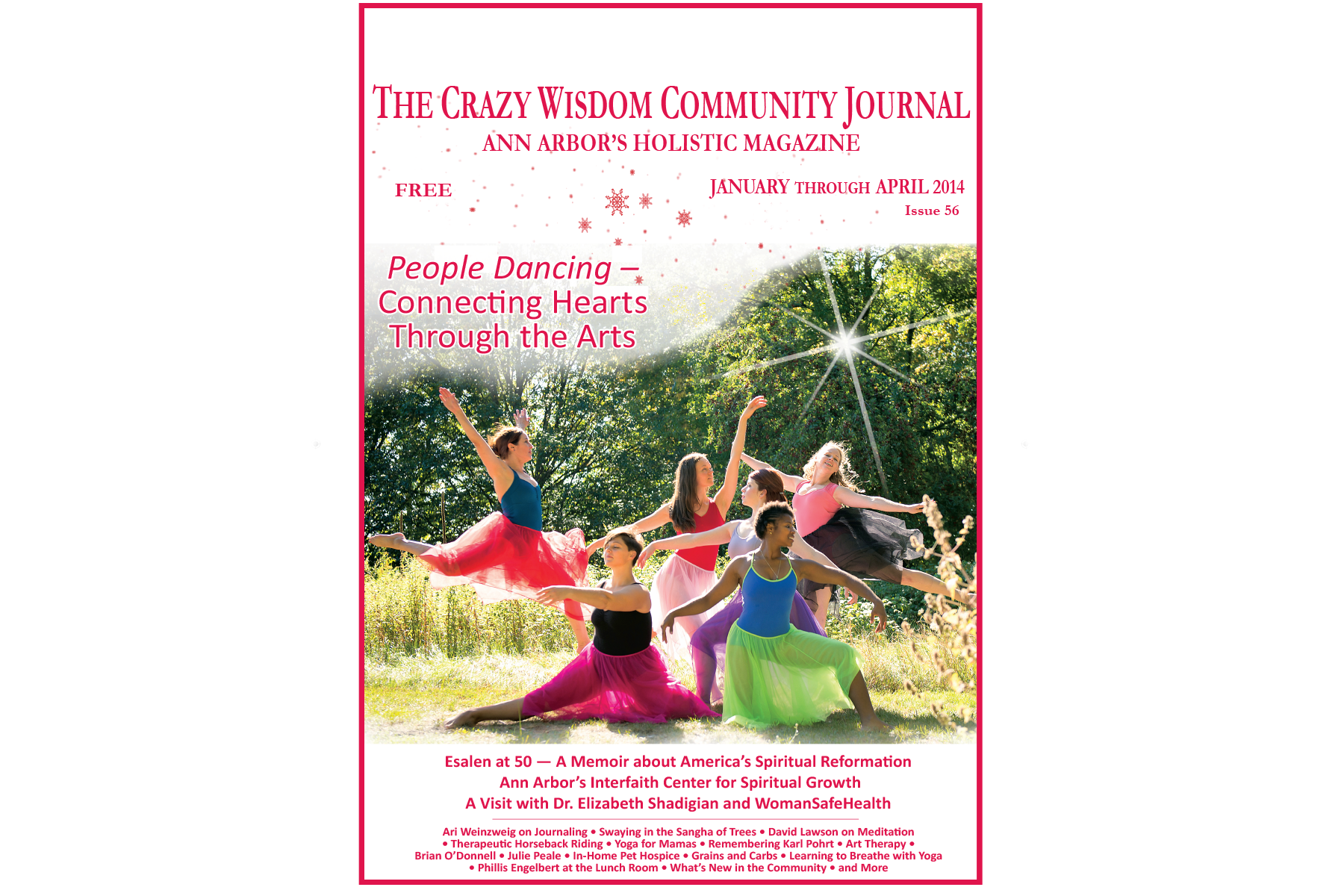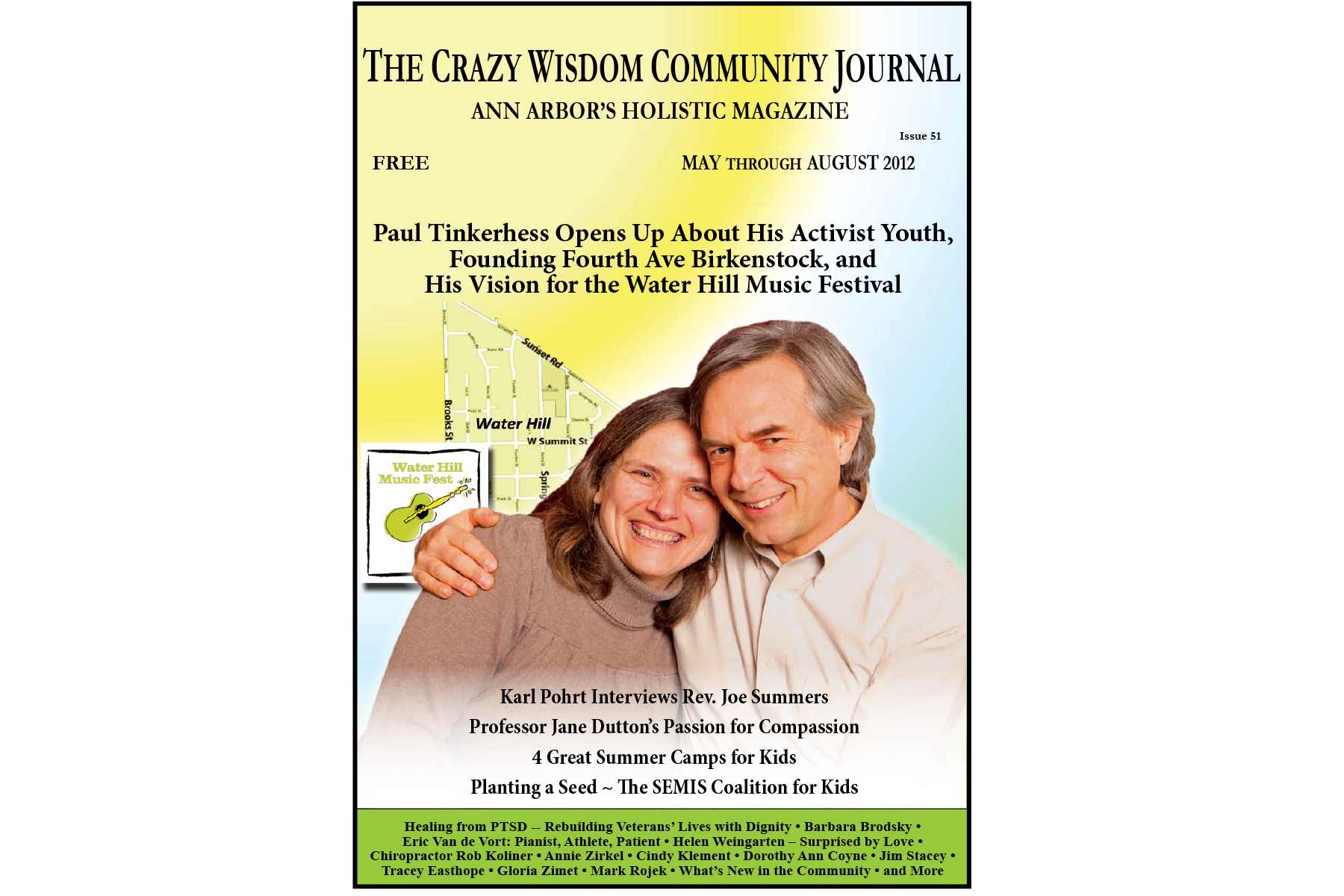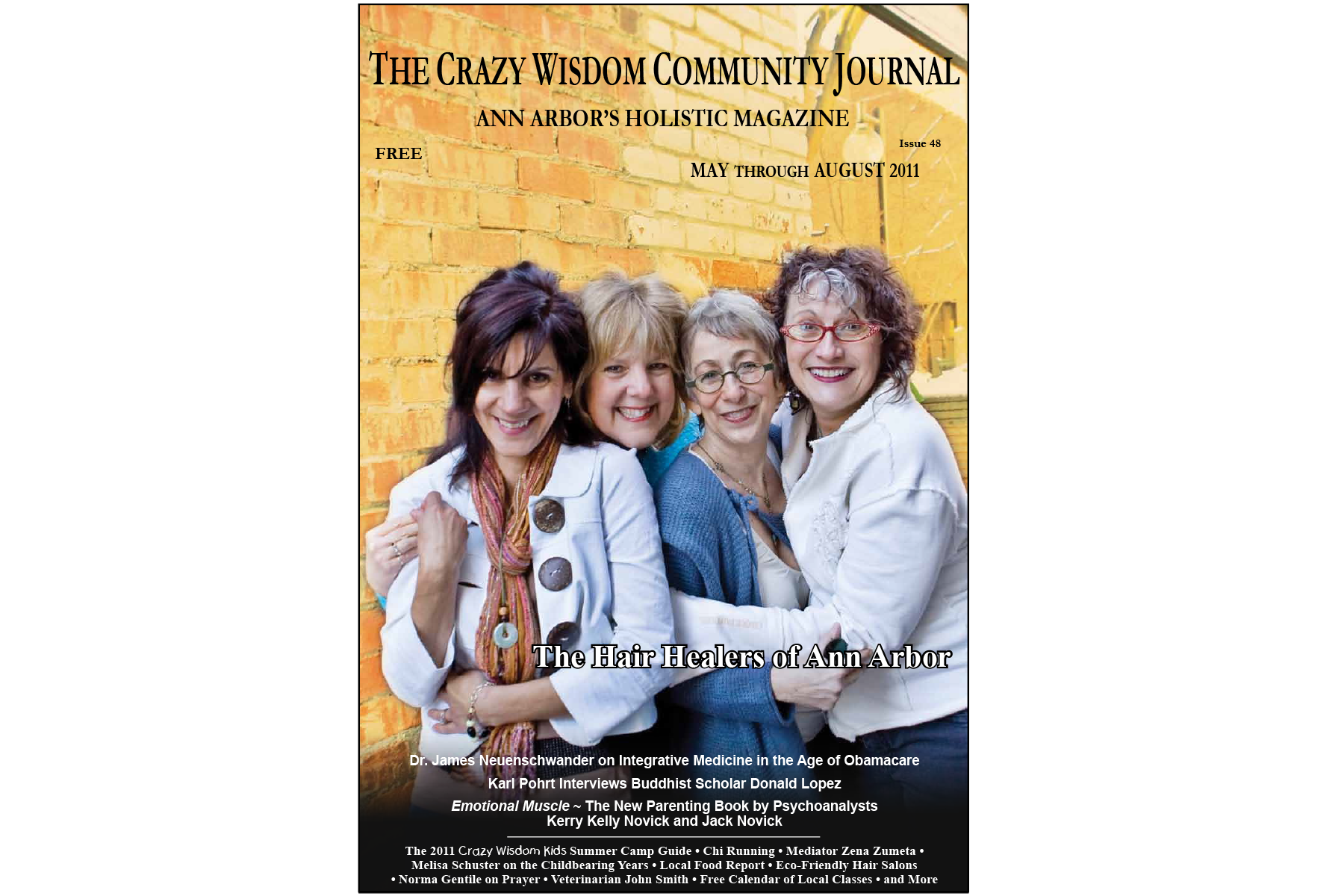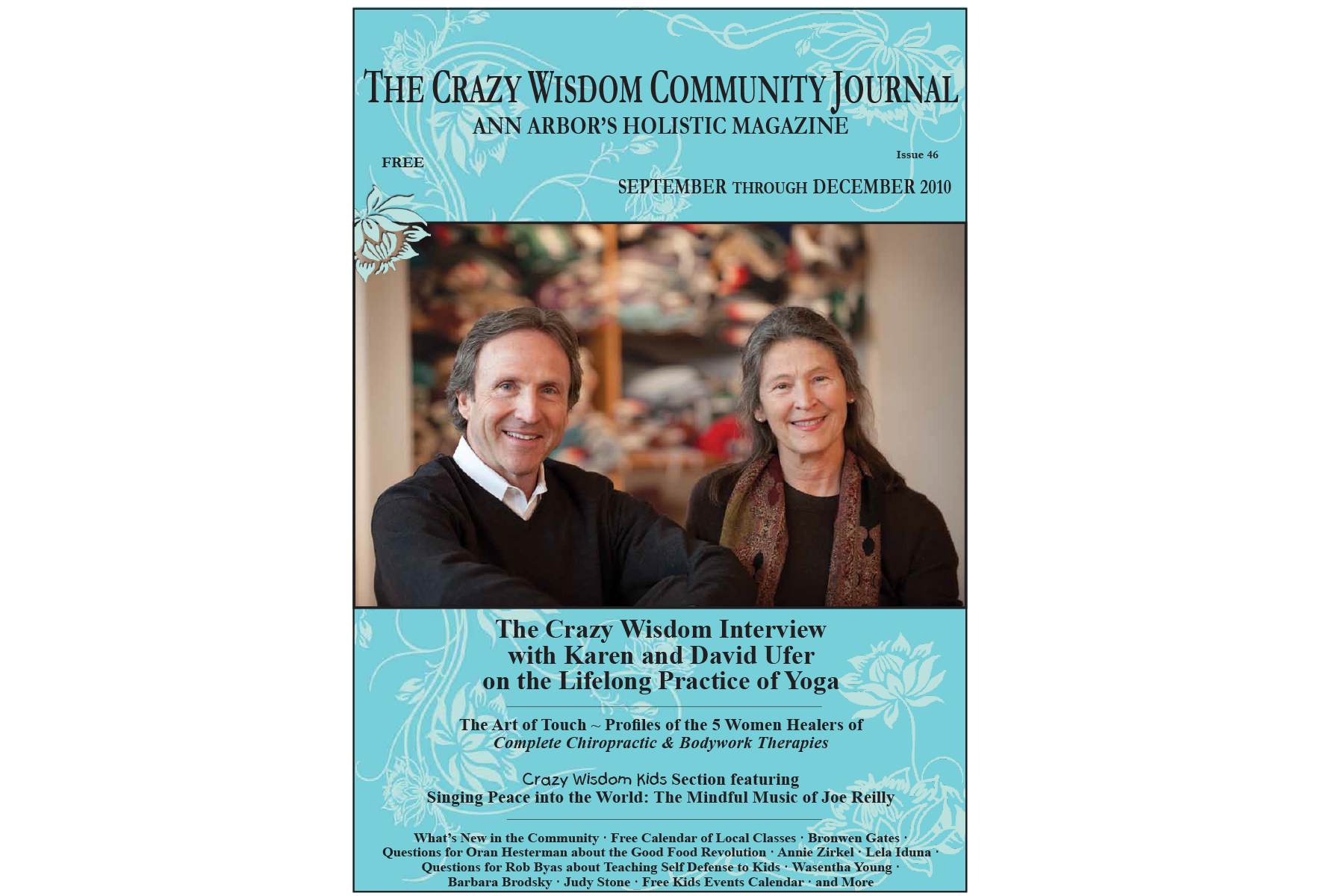Instead of sitting, we paint; instead of coming back to the breath, we come back to what our hands want to do from moment to moment. The nature of the mind doesn't change with the activity itself; we still get hijacked by thoughts of the past or future, or are influenced by critical inner voices, such as, It’s supposed to look like something by now, or What everyone else is doing is so much cooler, or I can’t really change it in the last week …
Art, Health, and Wellbeing — Unintended Consequences of a Self-portrait
Have you ever attempted to create a self-portrait? I was required to do just this in a number of fine art college classes, from figure drawing to figure sculpting. I recall it being an uncomfortable experience to spend that much time looking at myself in the mirror. The point of the assignment was to learn to draw or sculpt using the available model — myself. The unexpected benefit was that, in addition to improving my skills as an artist, it led me to a new level of self-acceptance.
Daybook of a Modern Zen Priest
The compelling sound of the wooden mok’tak pierces the early morning silence as the wake-up person heartily chants the “Great Compassion Dharani” to the drumbeat of this traditional wooden instrument. She makes slow rounds of our Temple building and even crosses the back garden to the Hermitage, to rouse residents there. Each one of us washes up, then joins with others in rooms next to our seonbang (meditation hall) to stretch a little - some with yoga, some with tai chi.
The Creativity Within
One cannot compare or try to match some other creative work with one’s own work; one needs to allow creative energy to blossom from within. I did not know how to do this. I had not been to art school nor studied art history. But I loved art: in museums, in nature’s unique and unsurpassable expression . . . in all manifestations.
Seven Simple Ways to Boost Motivation
Change in every moment is a given. It is empowering to set conscious intentions around what changes will support your growth, health, and long-term goals. However, knowing what you’d like to have in place “someday” is very different from the day-to-day process of making that happen. The latter is usually much harder! Using an alphabet analogy, it can feel overwhelming to set an intention to change at point “A” knowing that all the steps between “B” and “Y” are needed to finally have the new change at point “Z” fully integrated in our lives. The brain gets exhausted just imagining all those steps that might be needed -- and the initial spark from the intention quickly burns out if motivation is missing to start the action steps.
Teaching the Paradigm of Integrative Medicine to Medical Students
Part of the curriculum in Integrative Medicine at the University of Michigan is to get students to think beyond the paradigm of making a diagnosis and then matching the right drug or surgery to the problem. Unfortunately, many physicians, as well as many medical consumers, have fallen into this trap. With medical visits crunched by time and society trained to look for the quick fix, using pharmaceuticals is often the go-to treatment for a particular condition.
